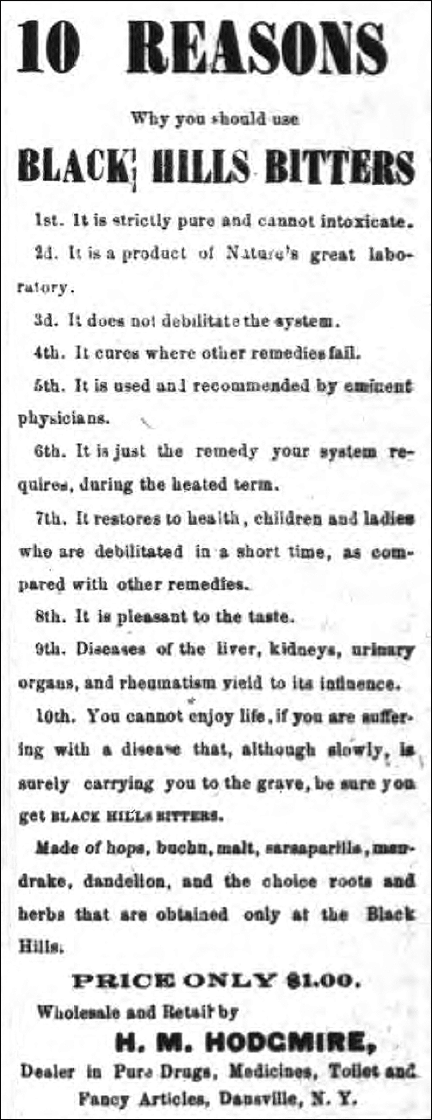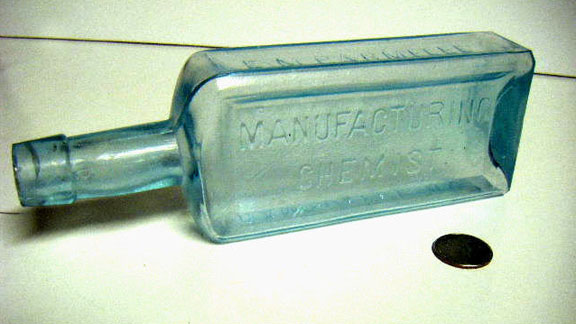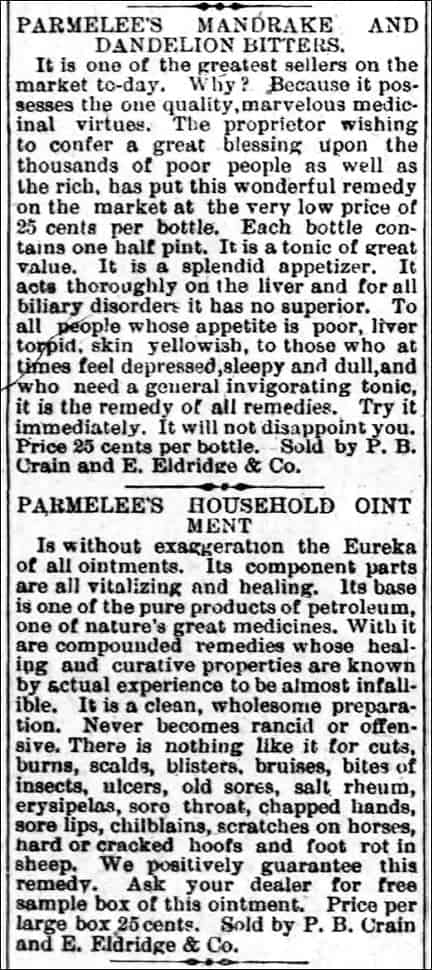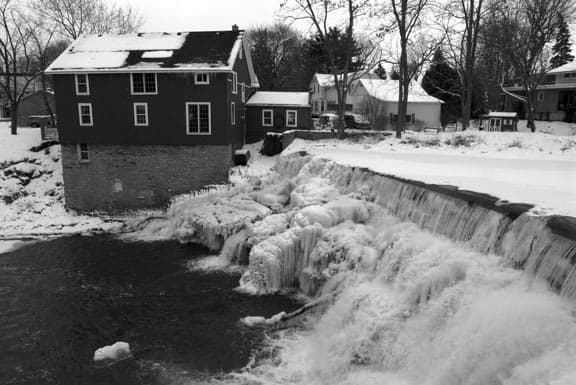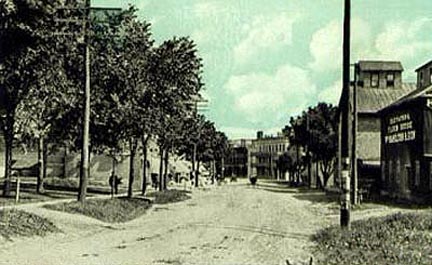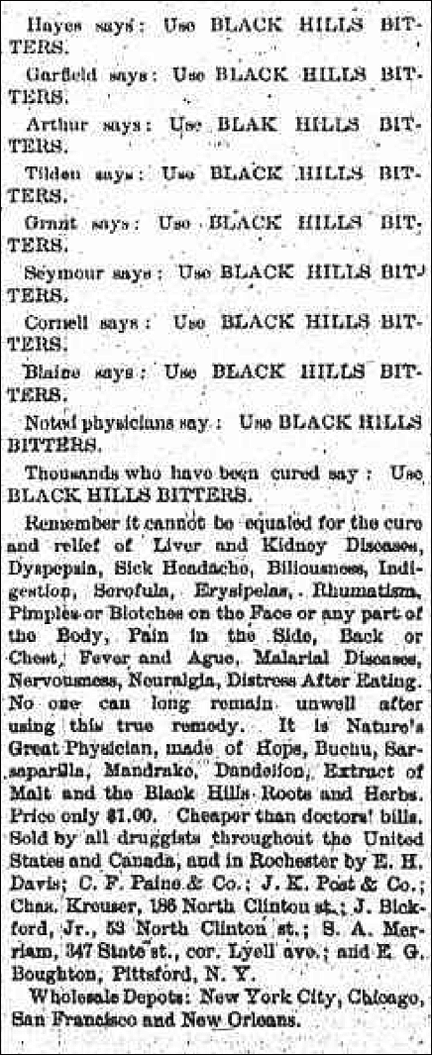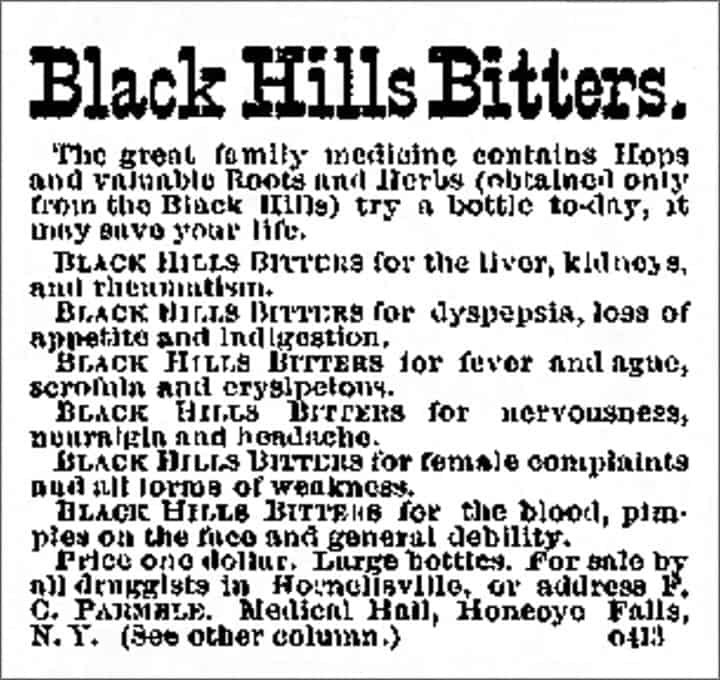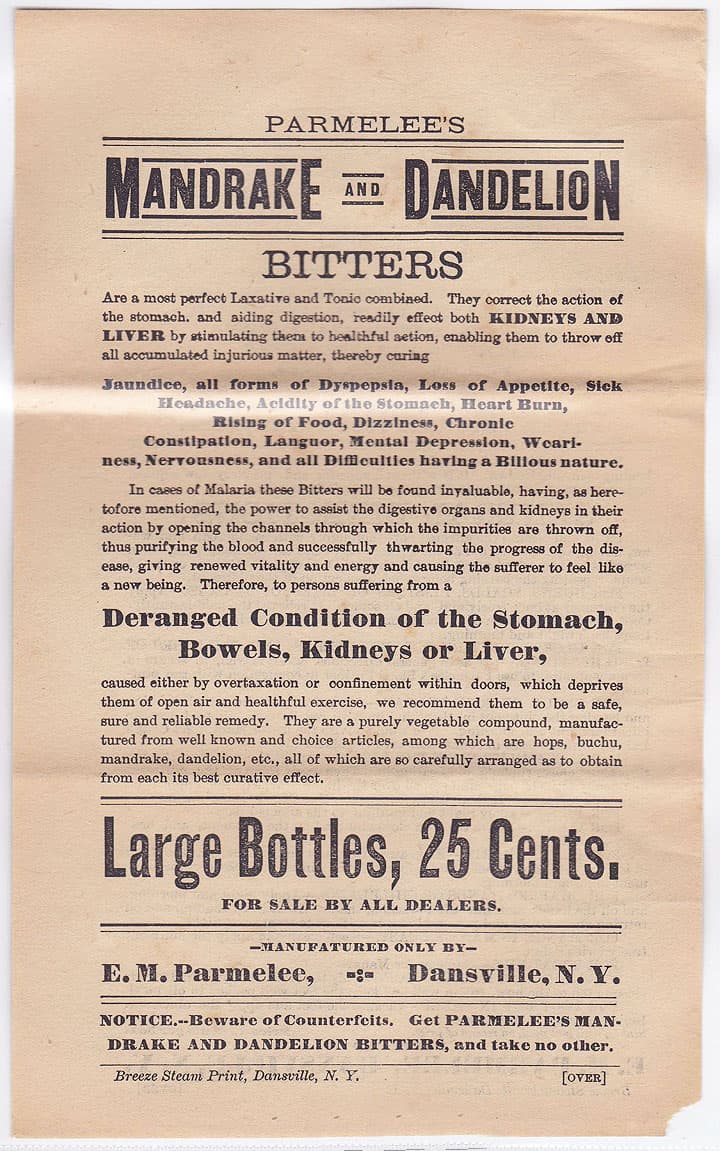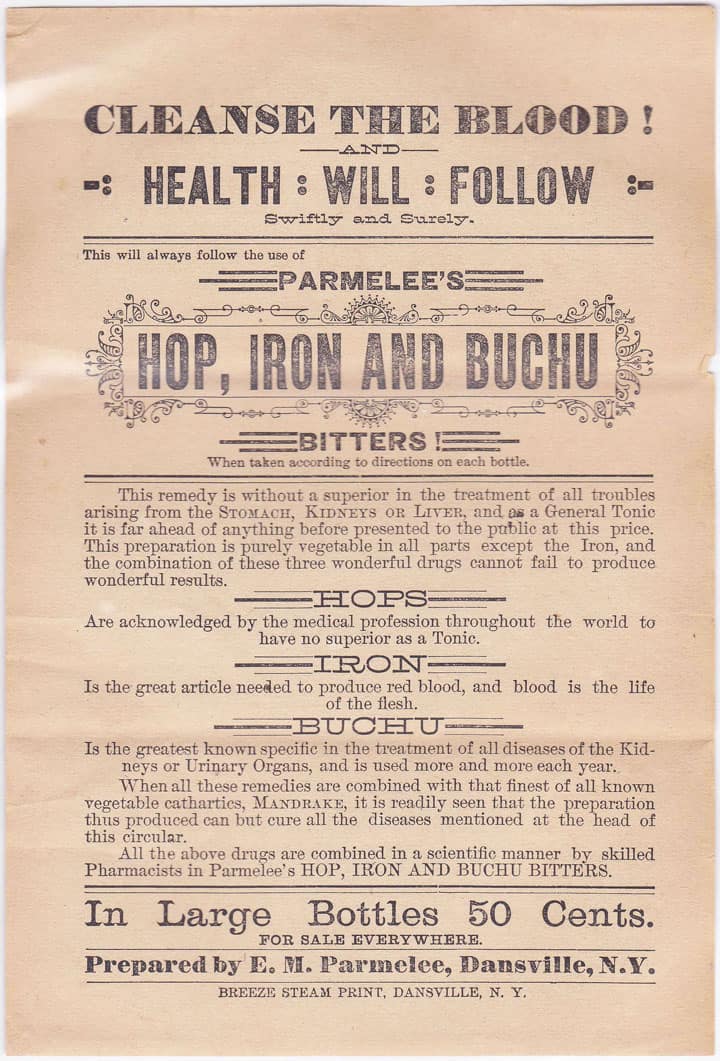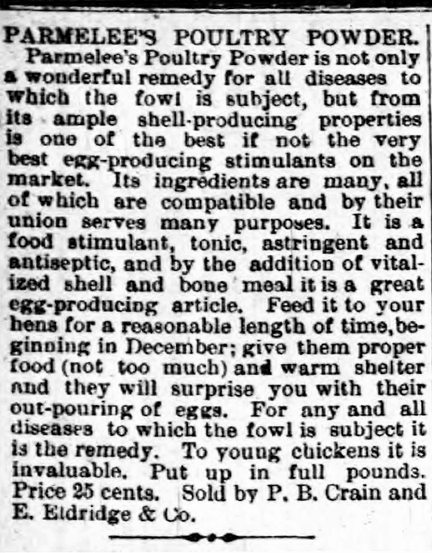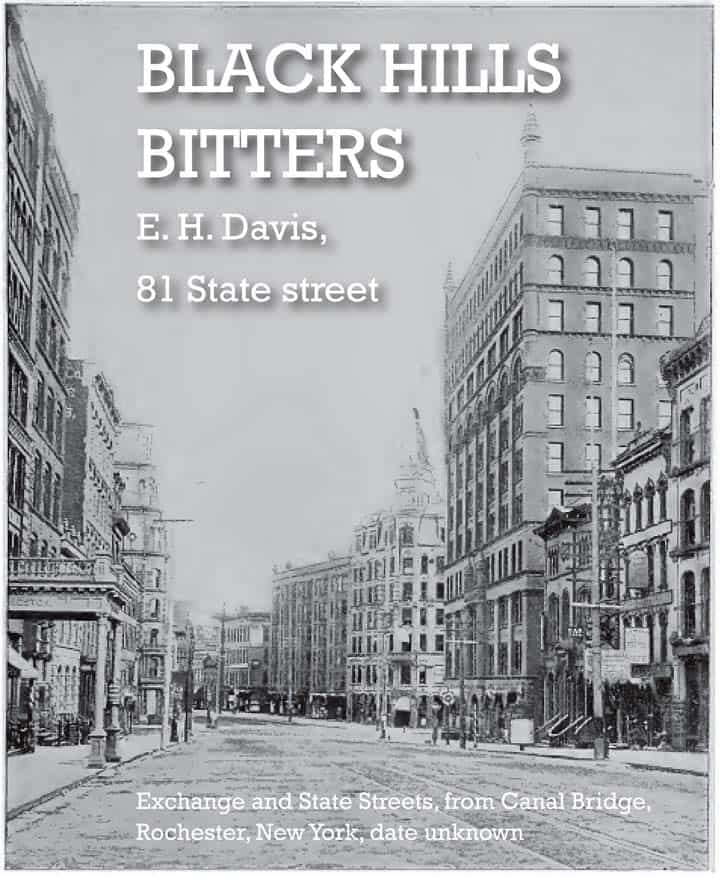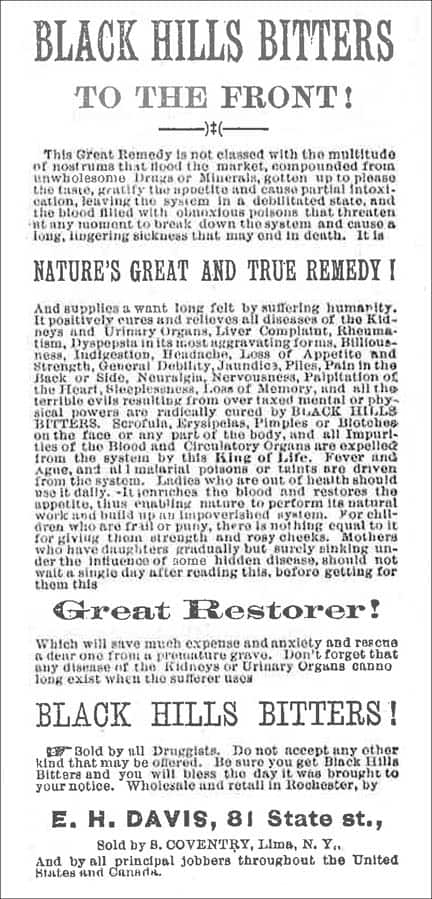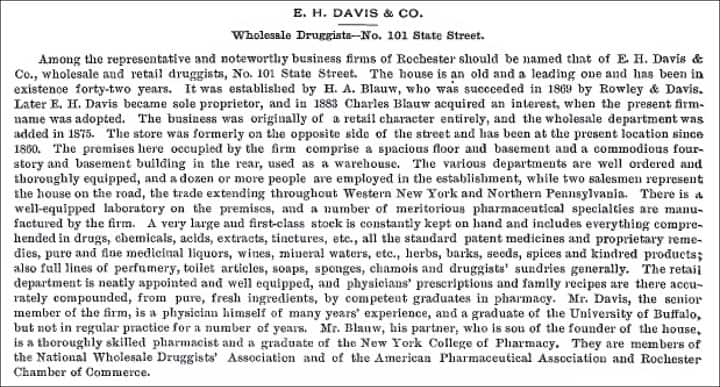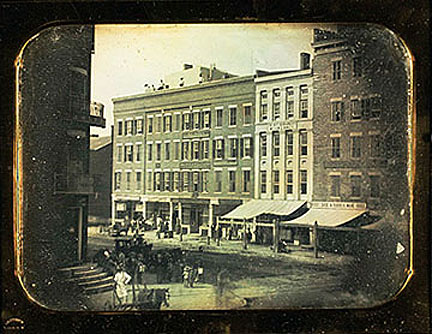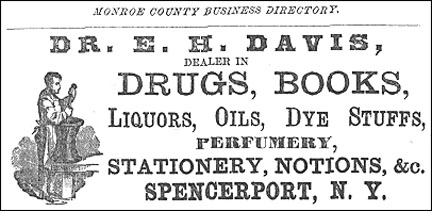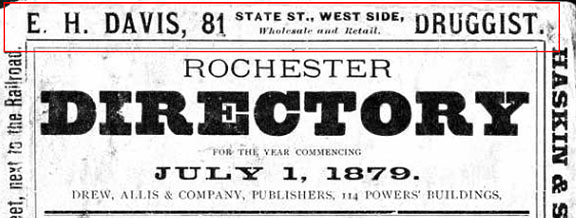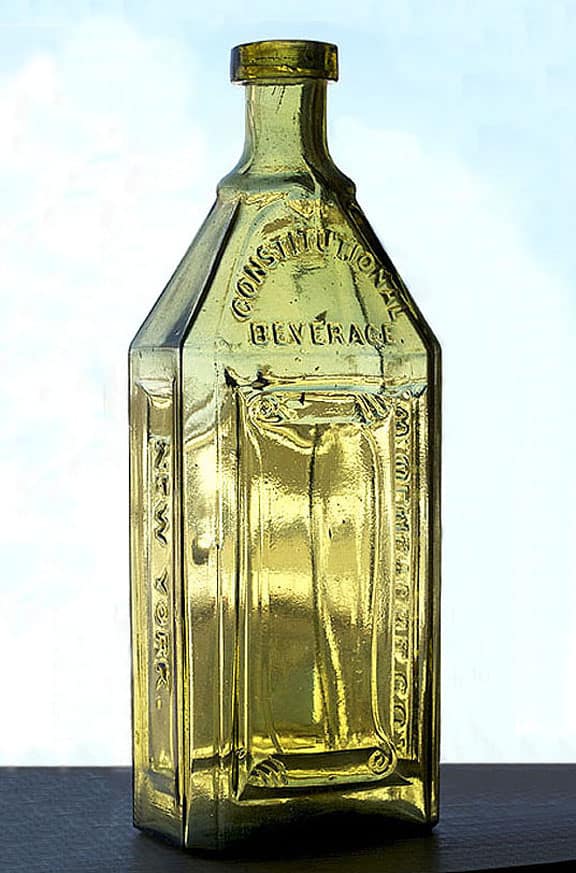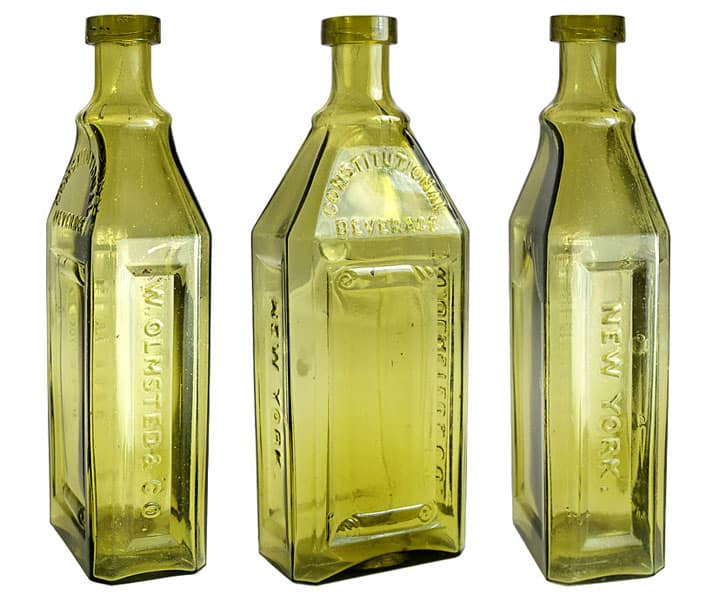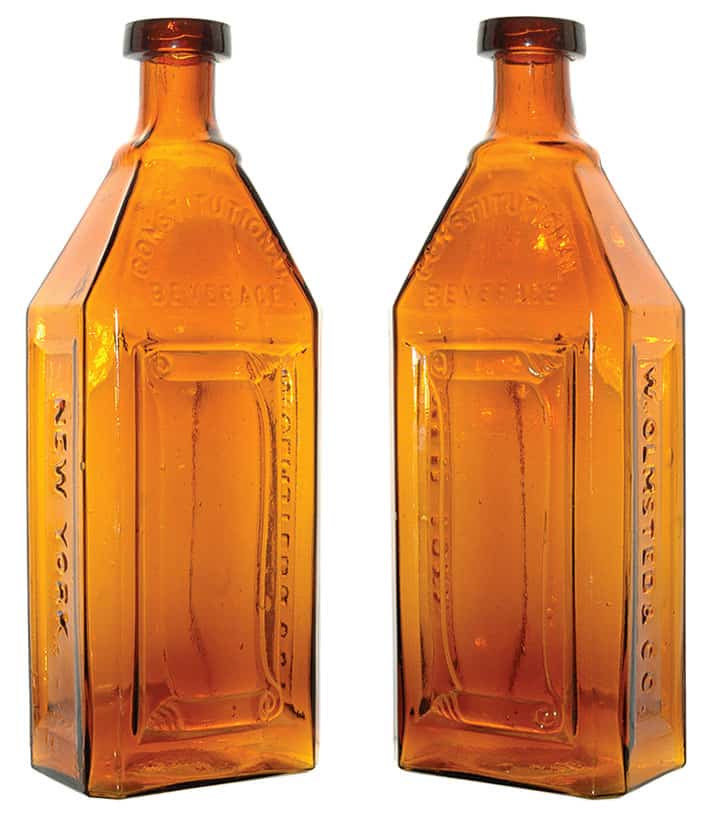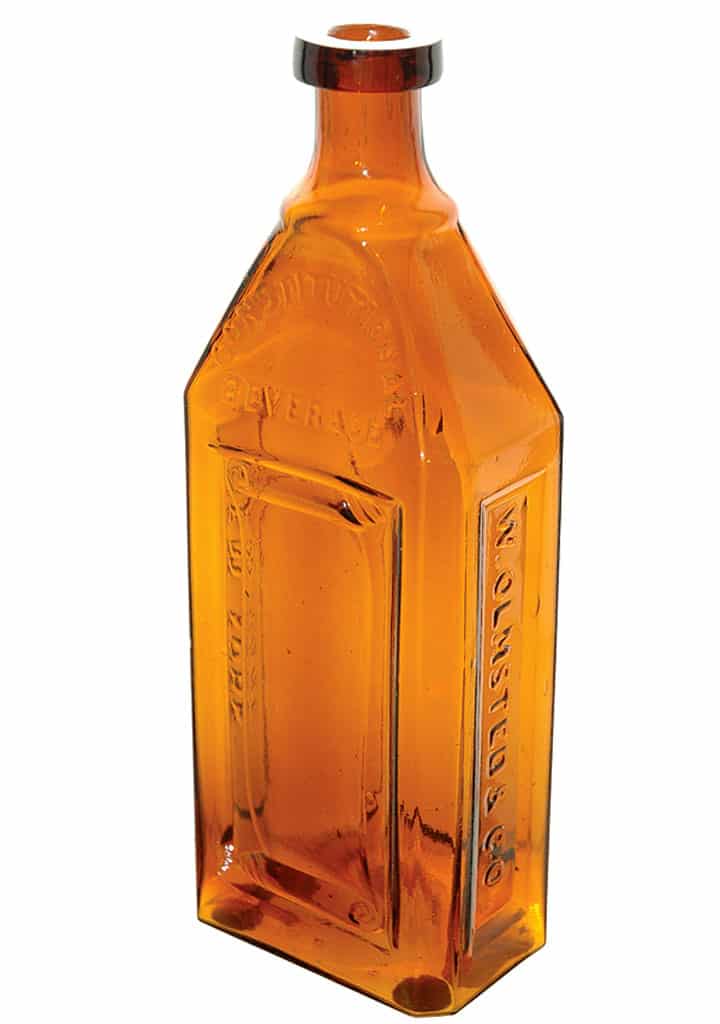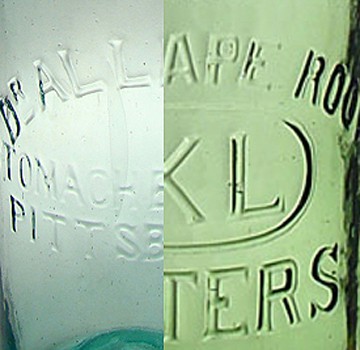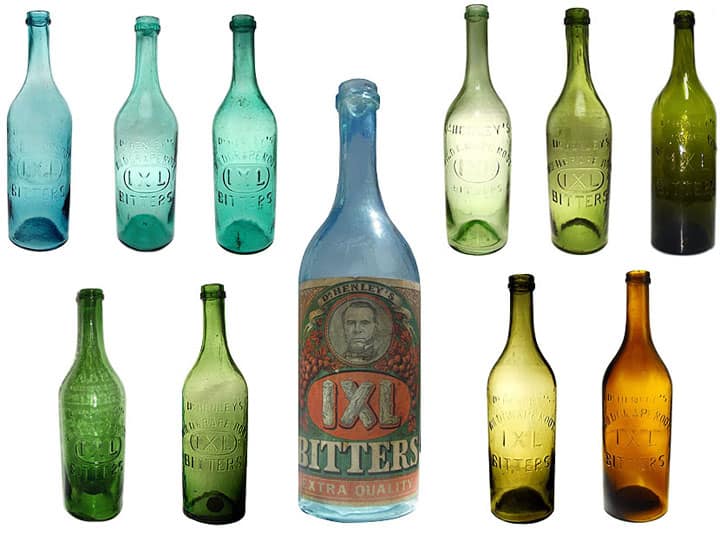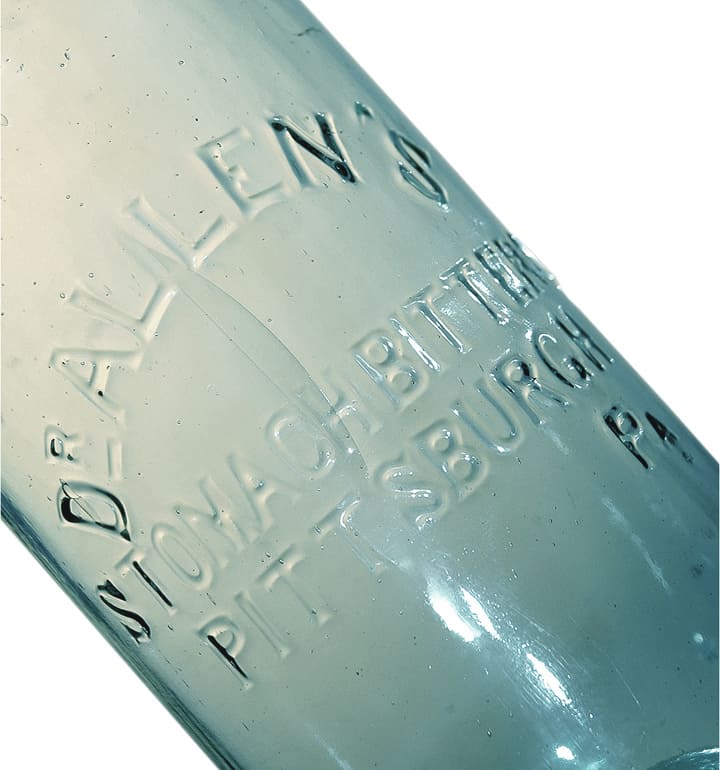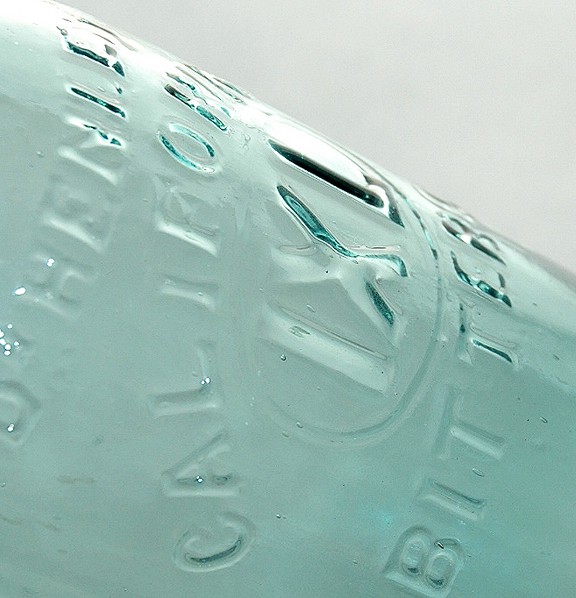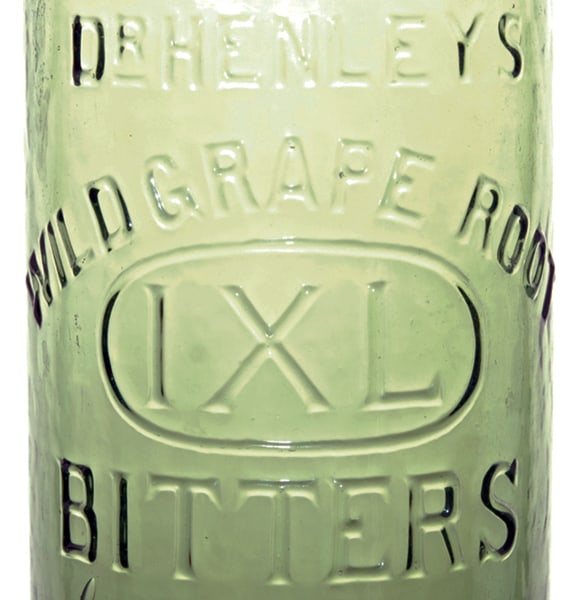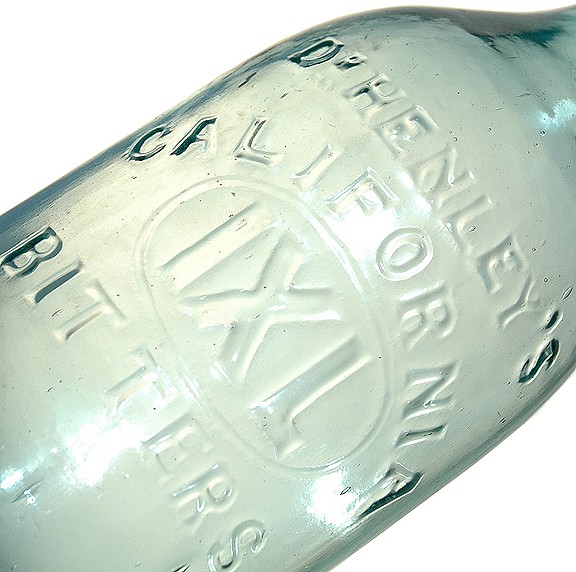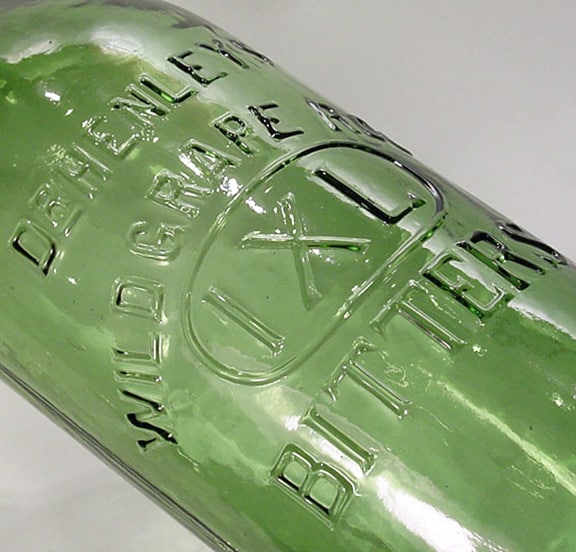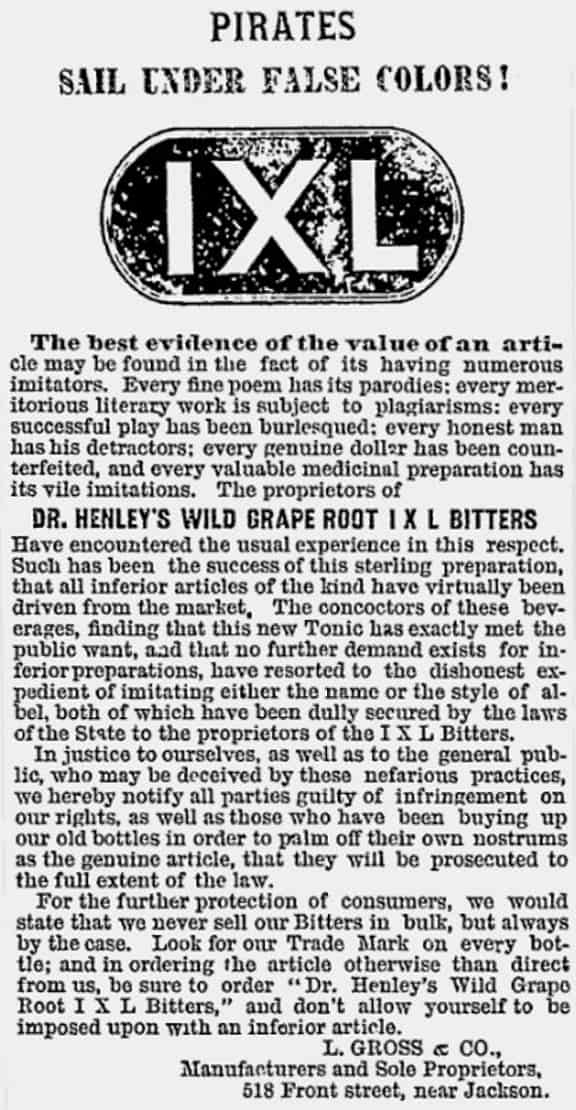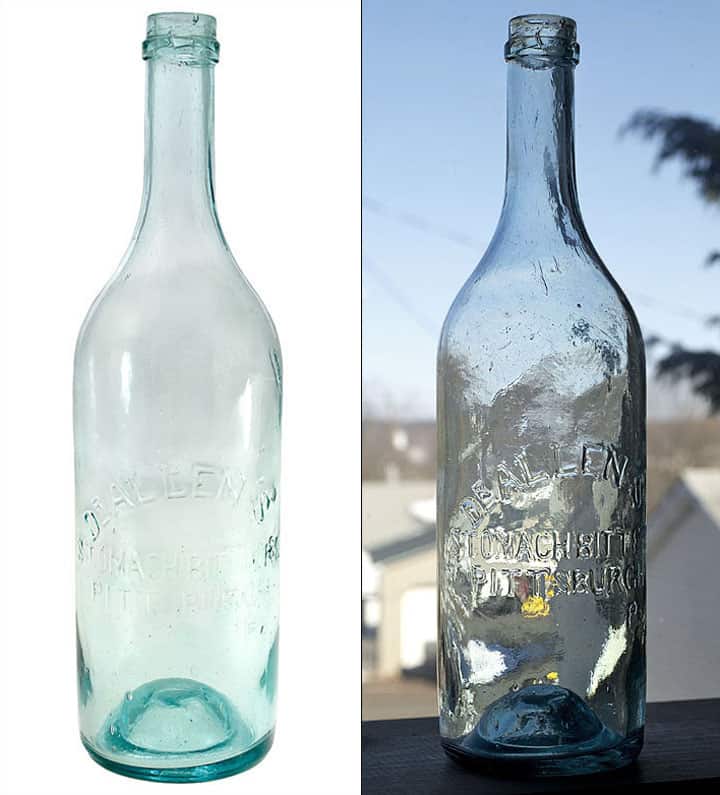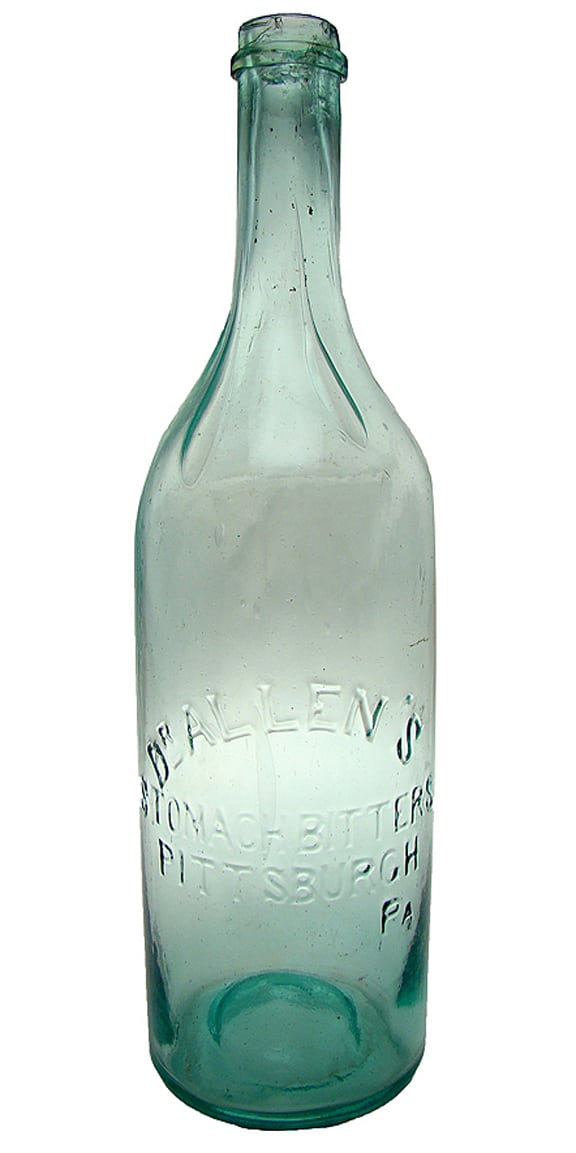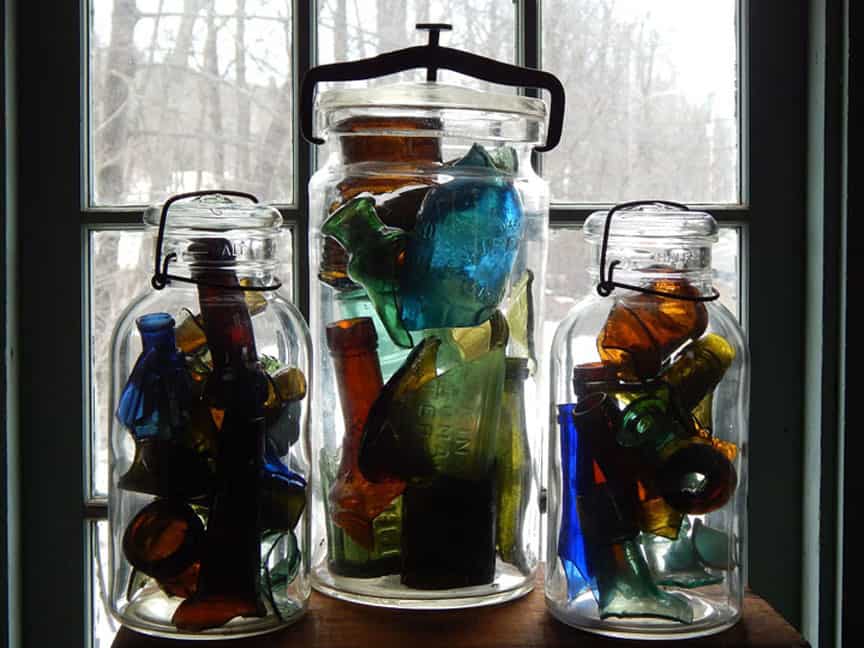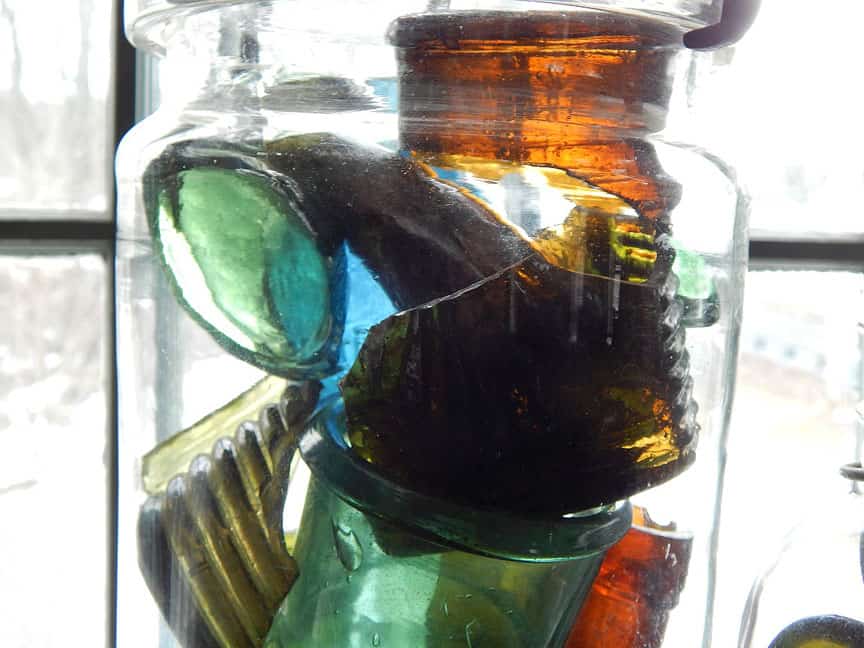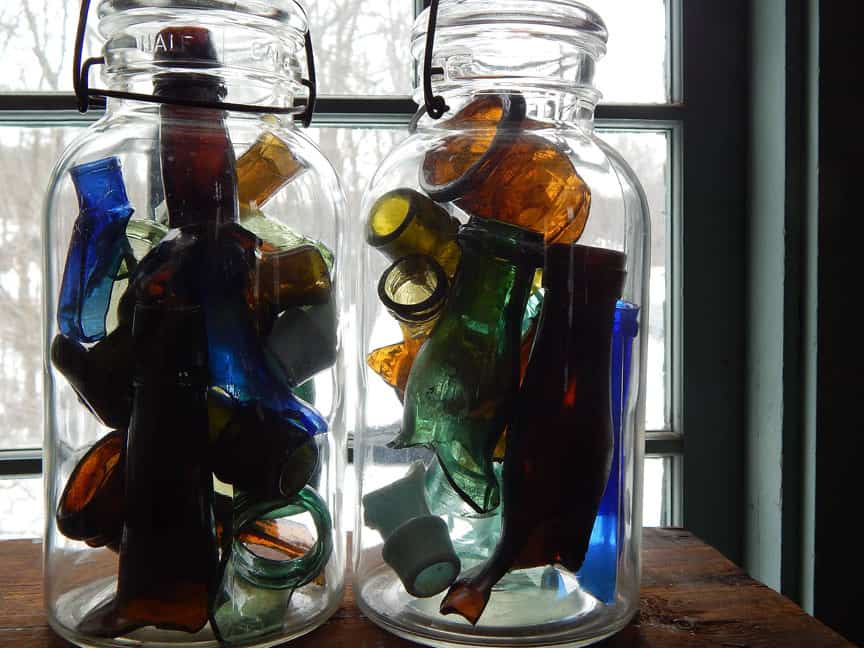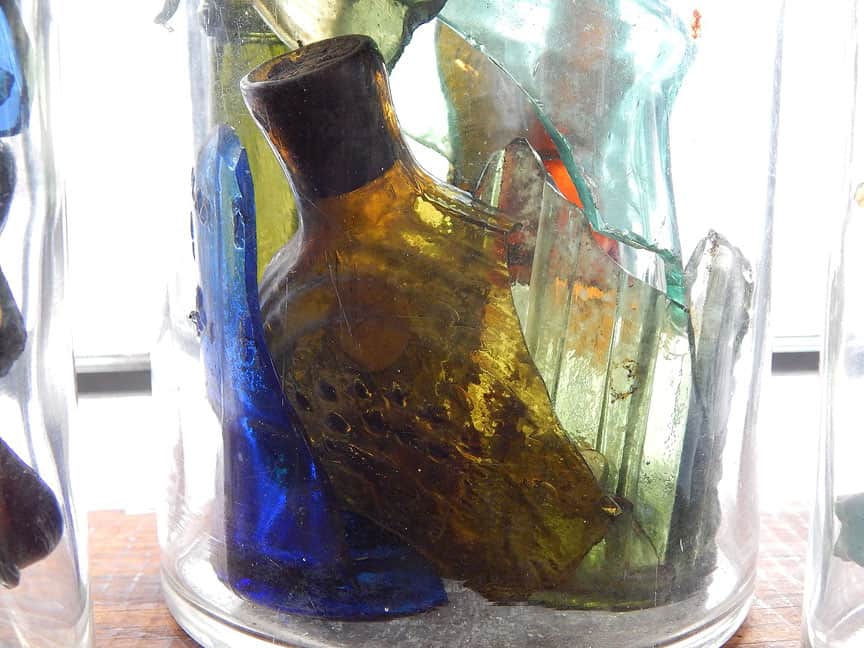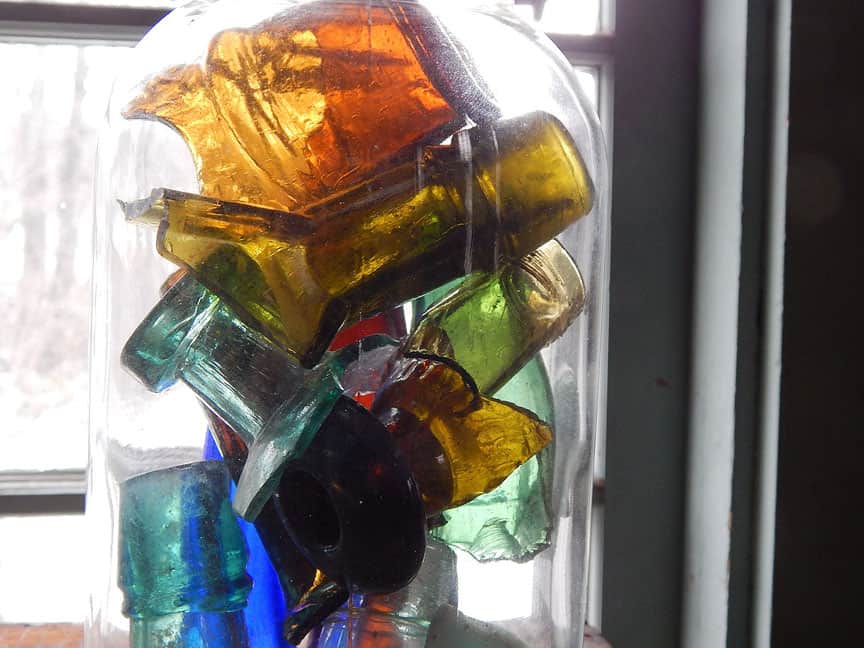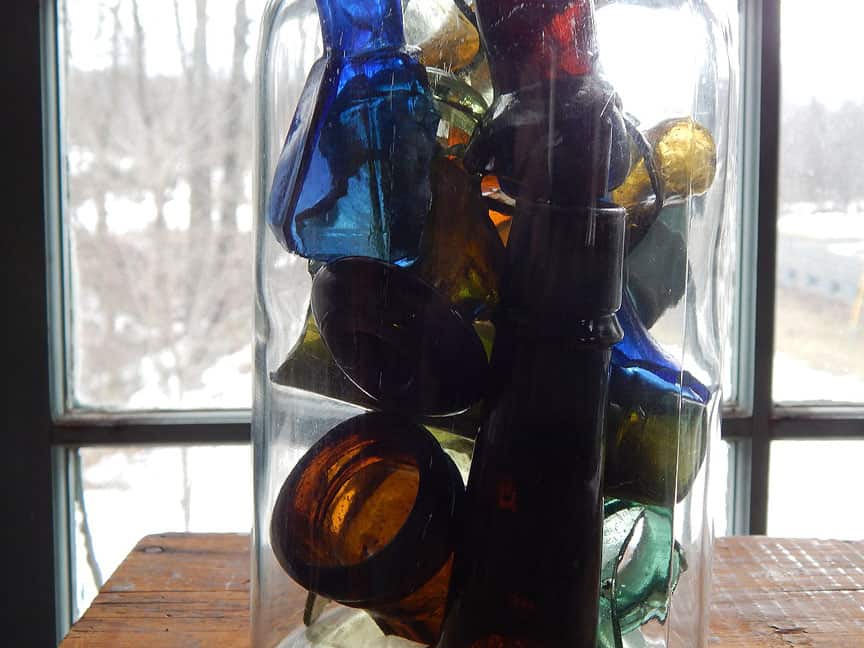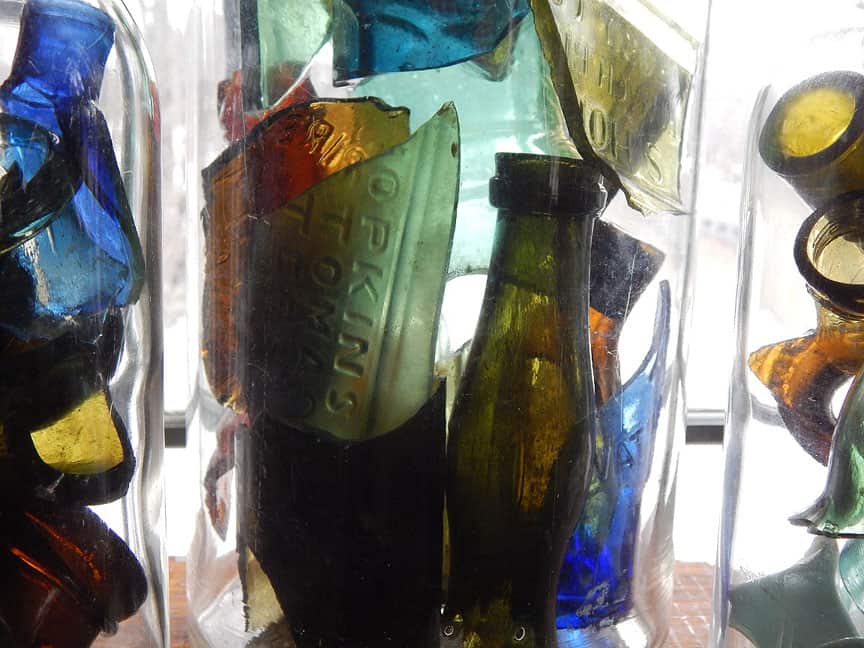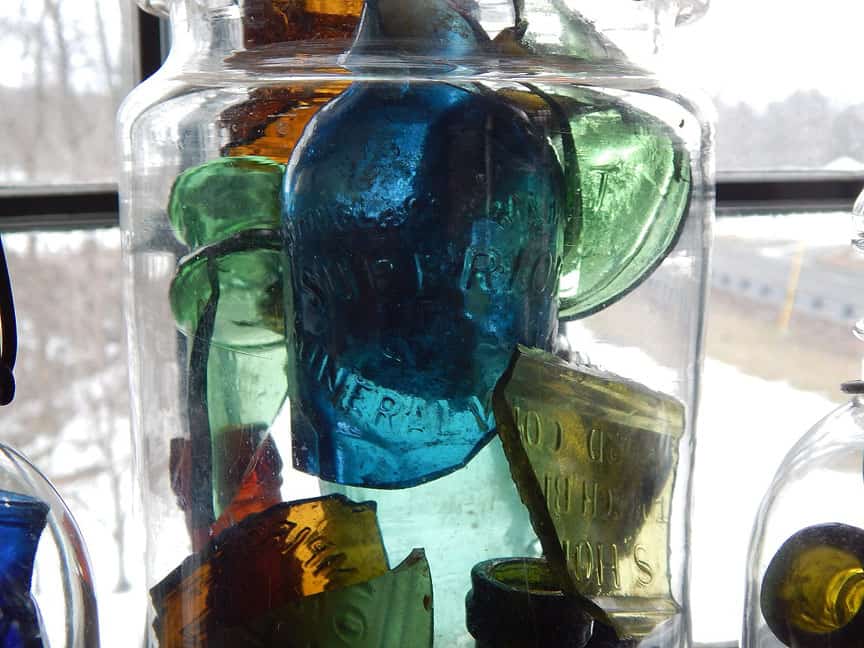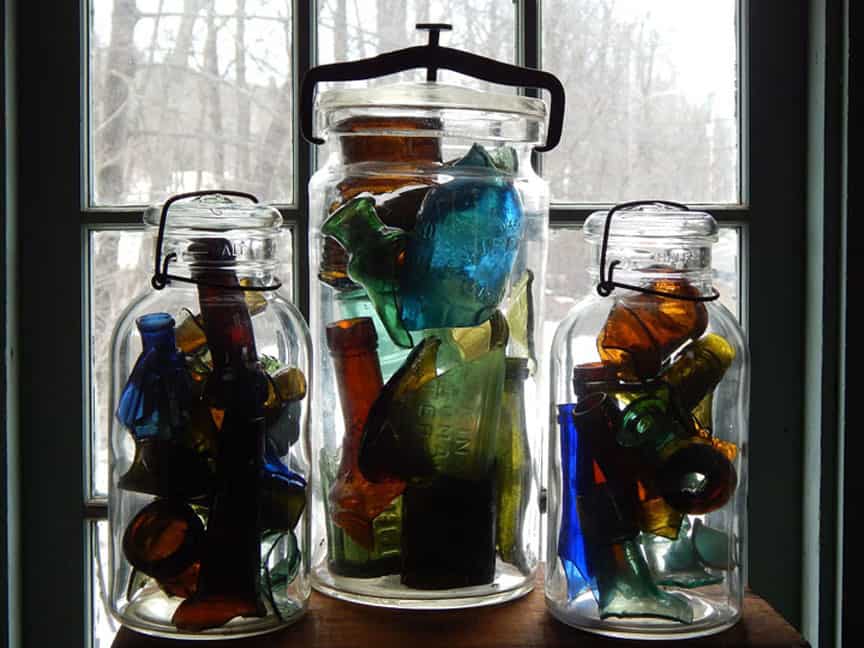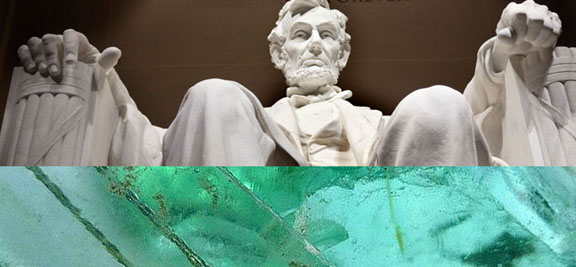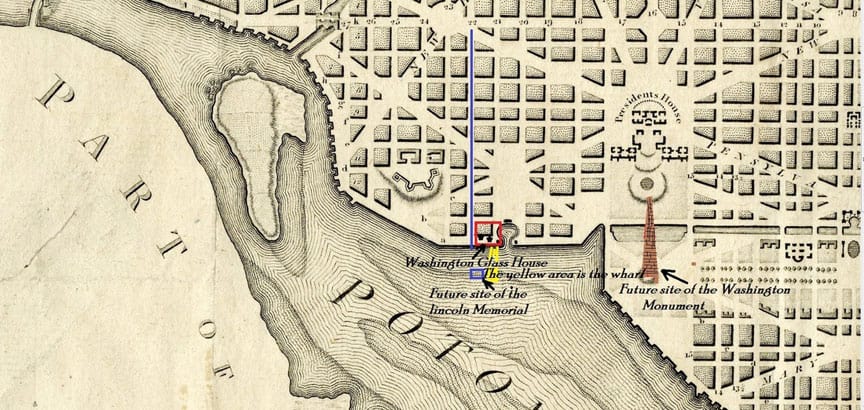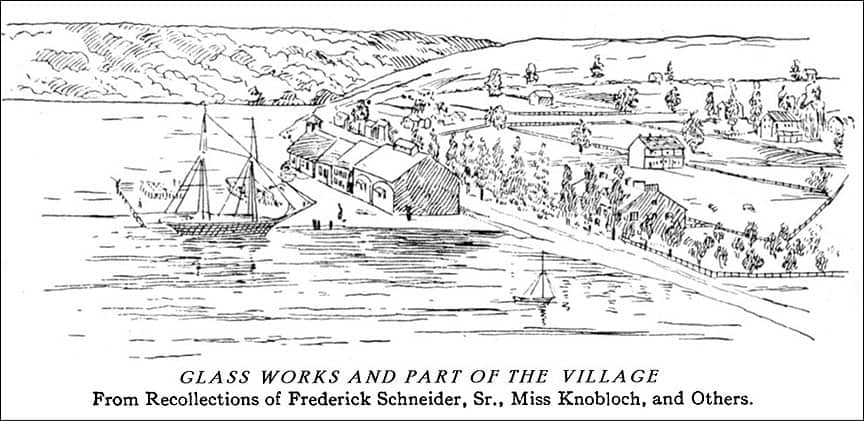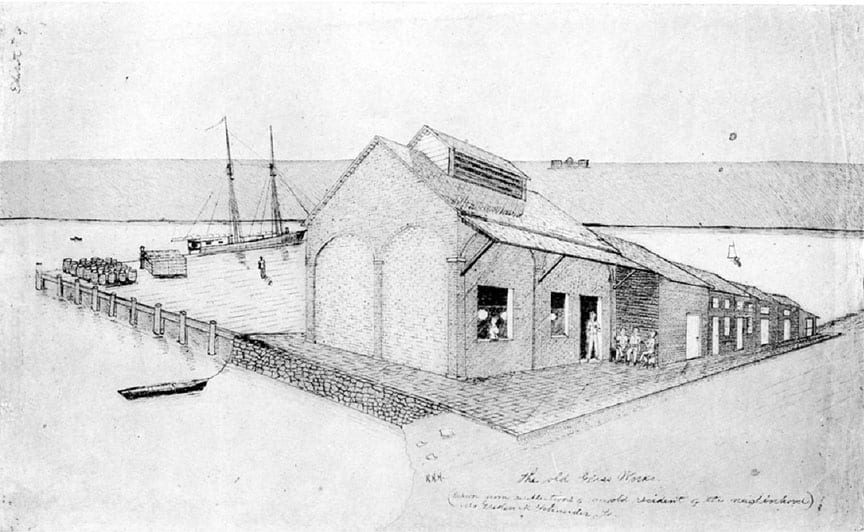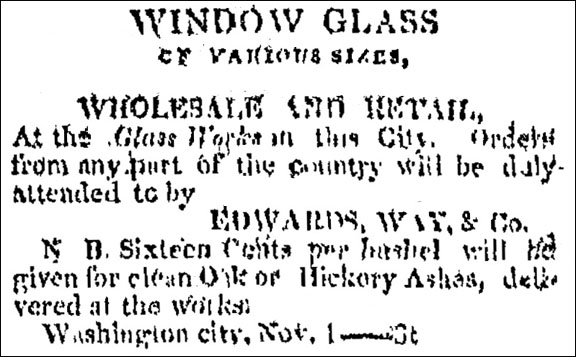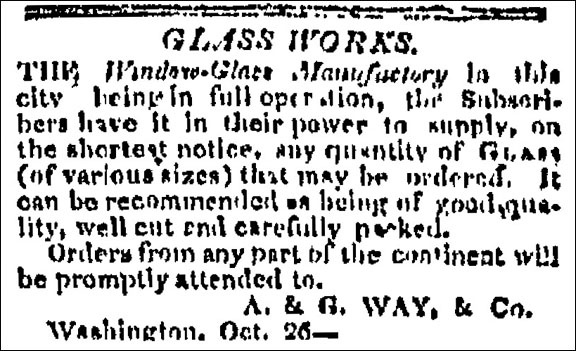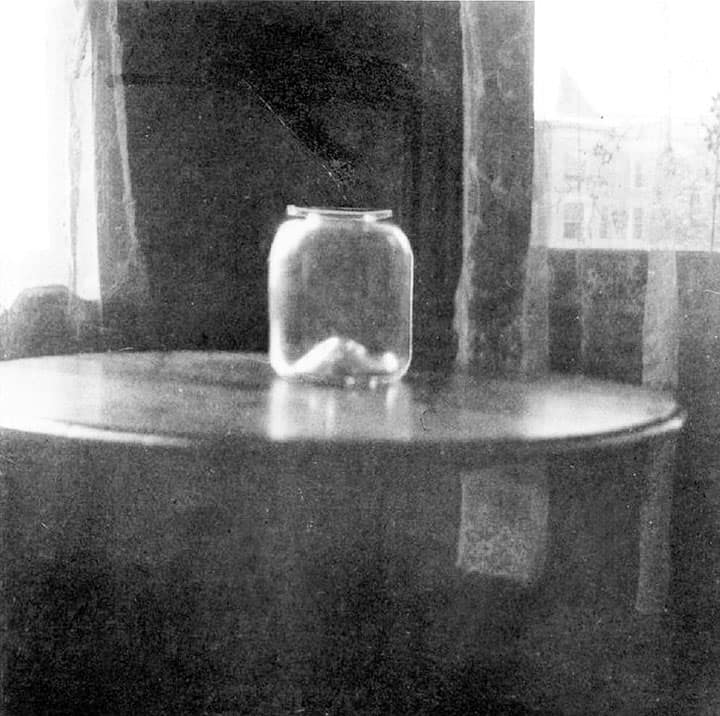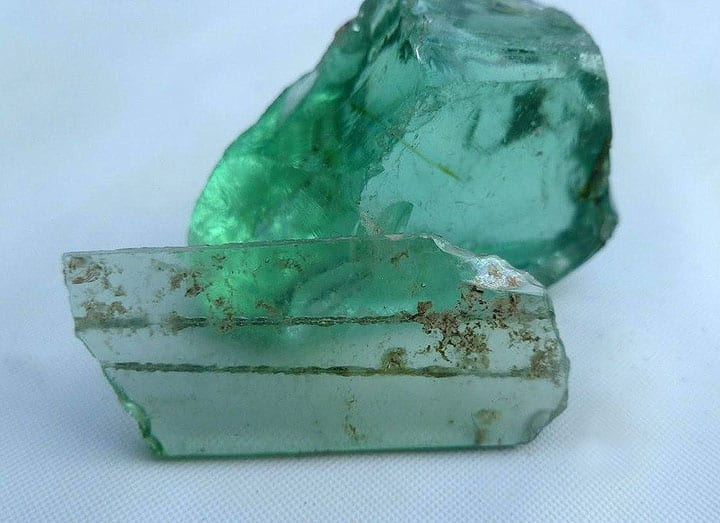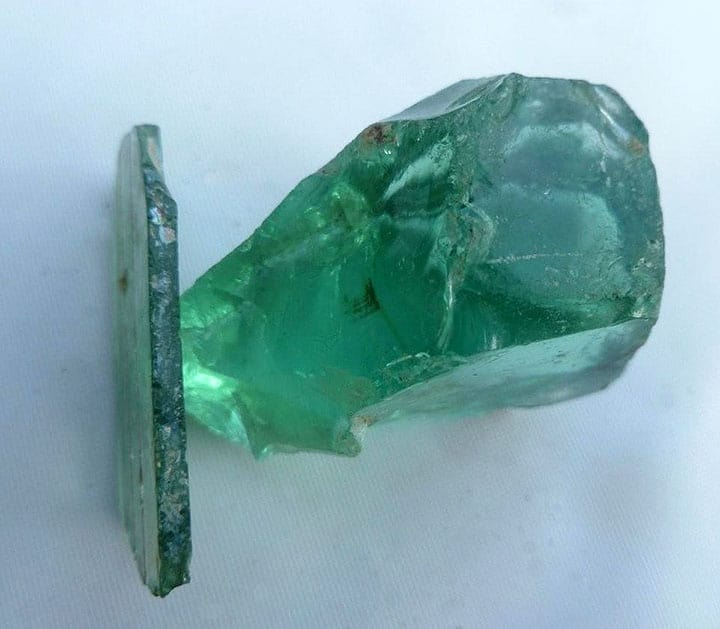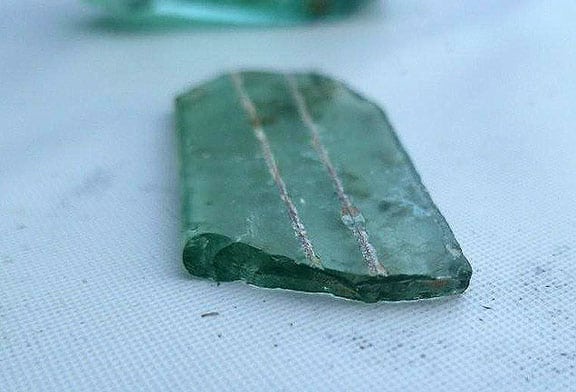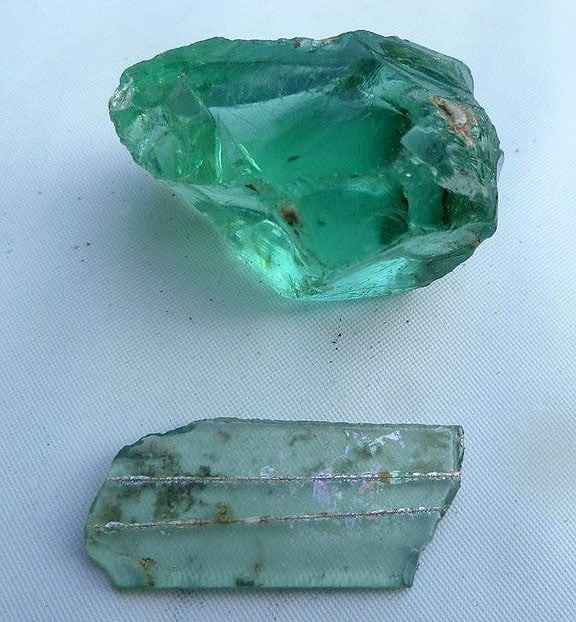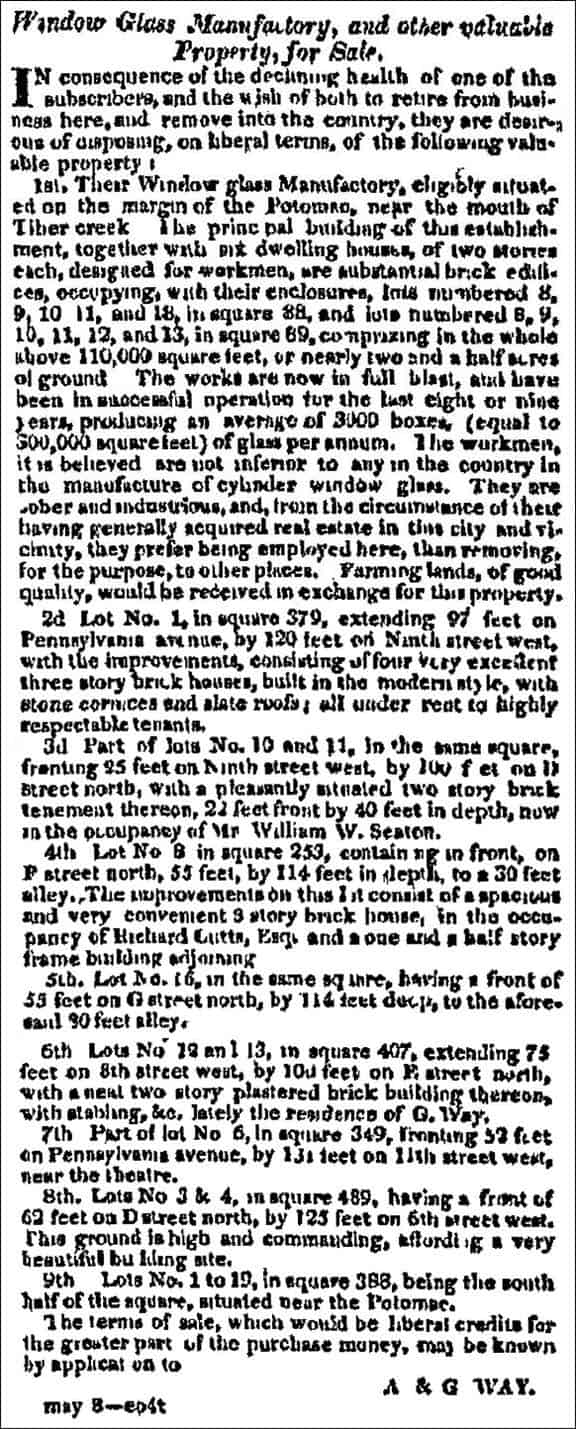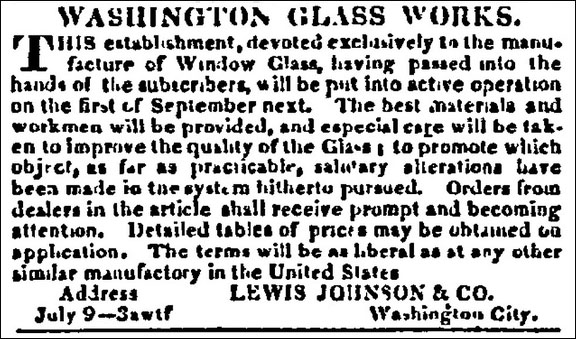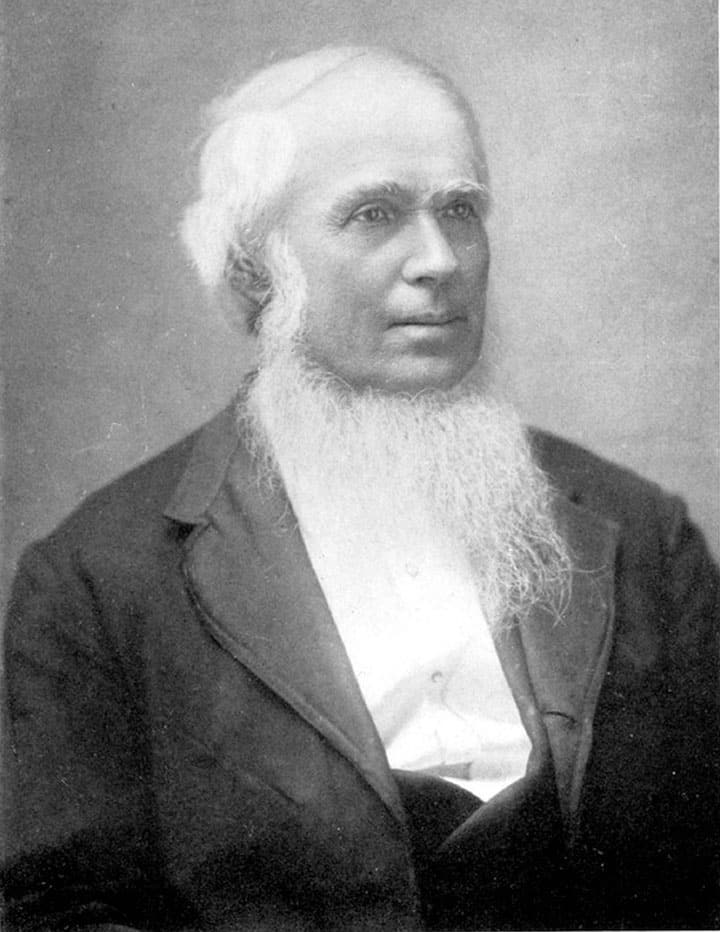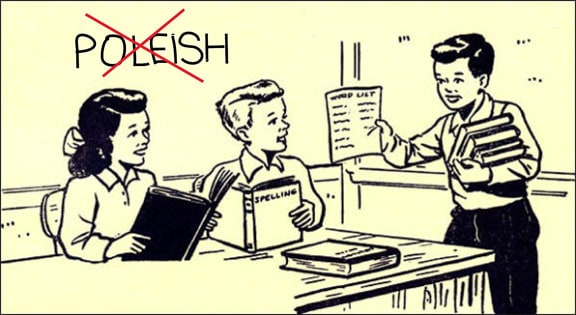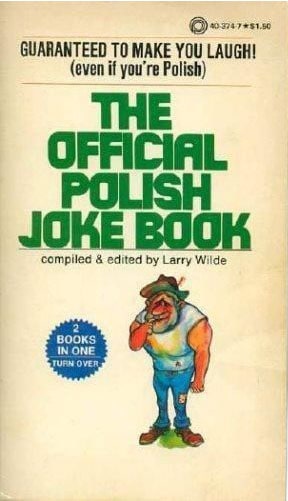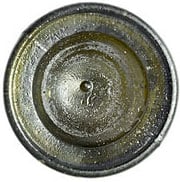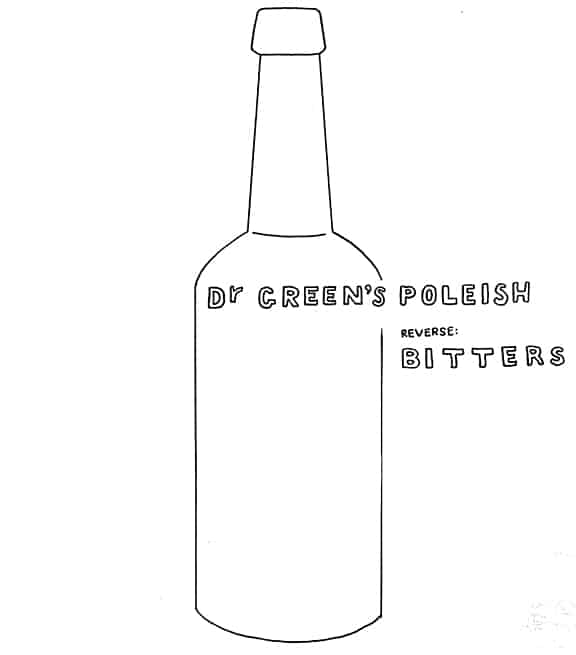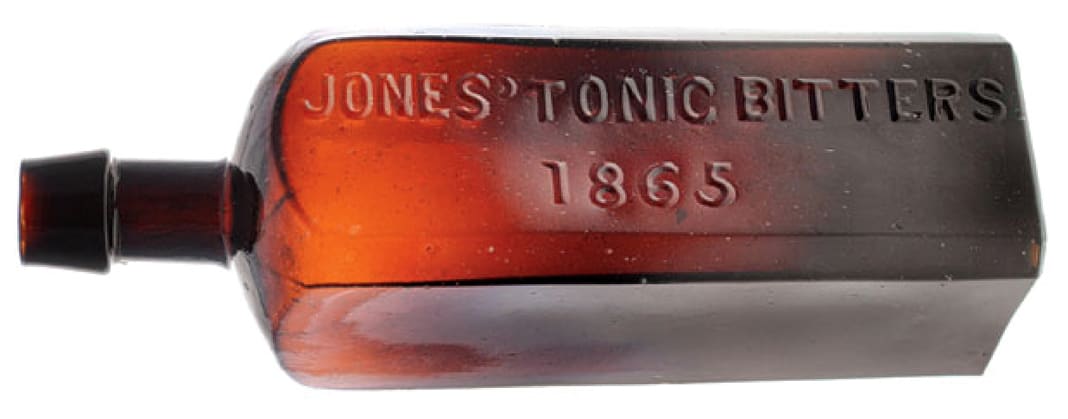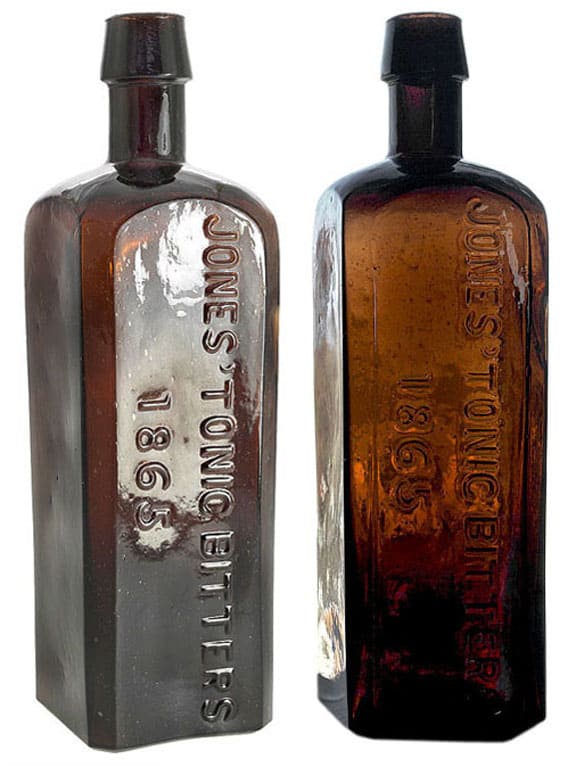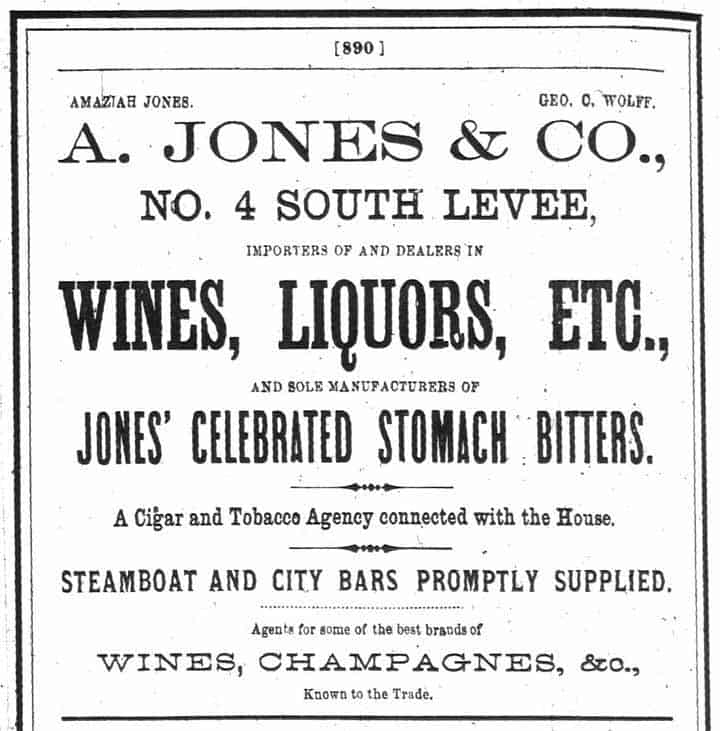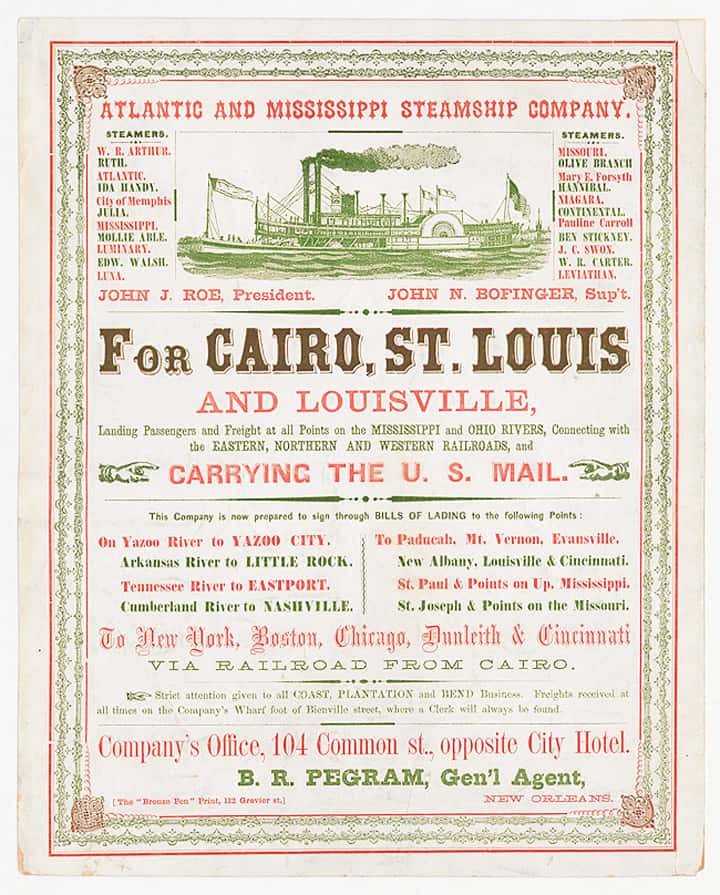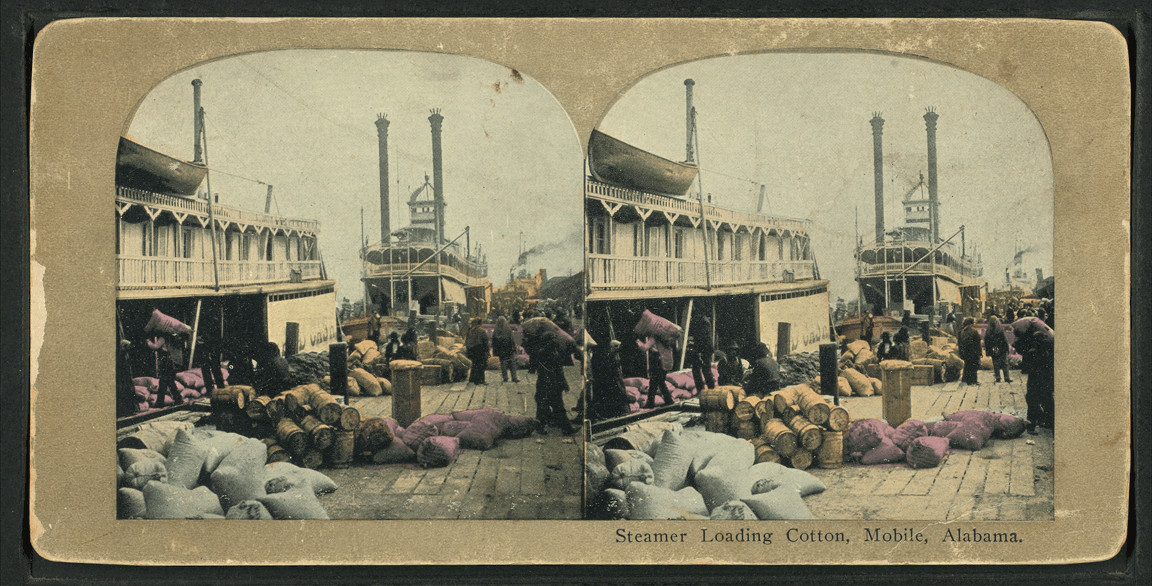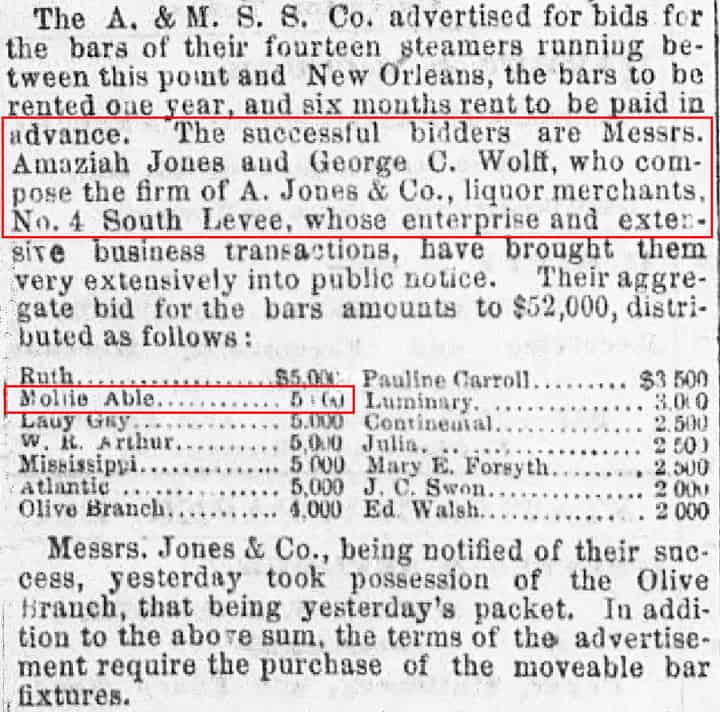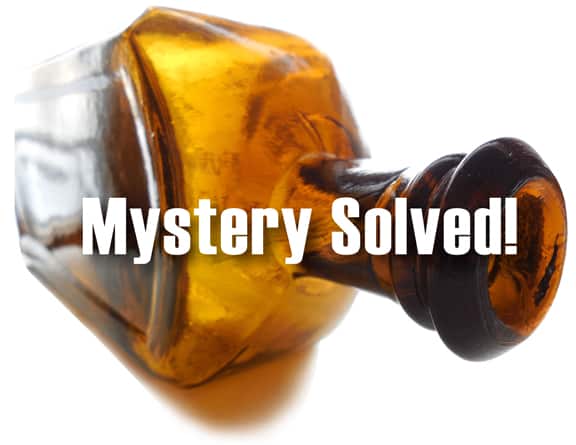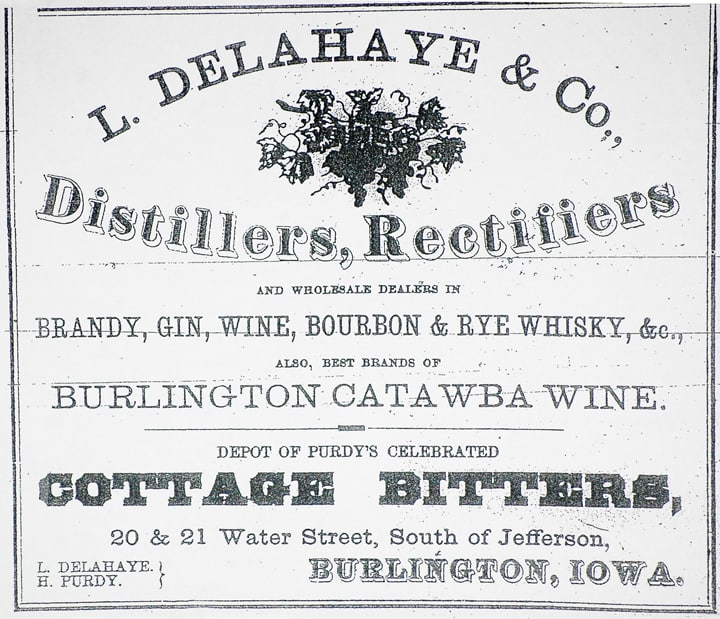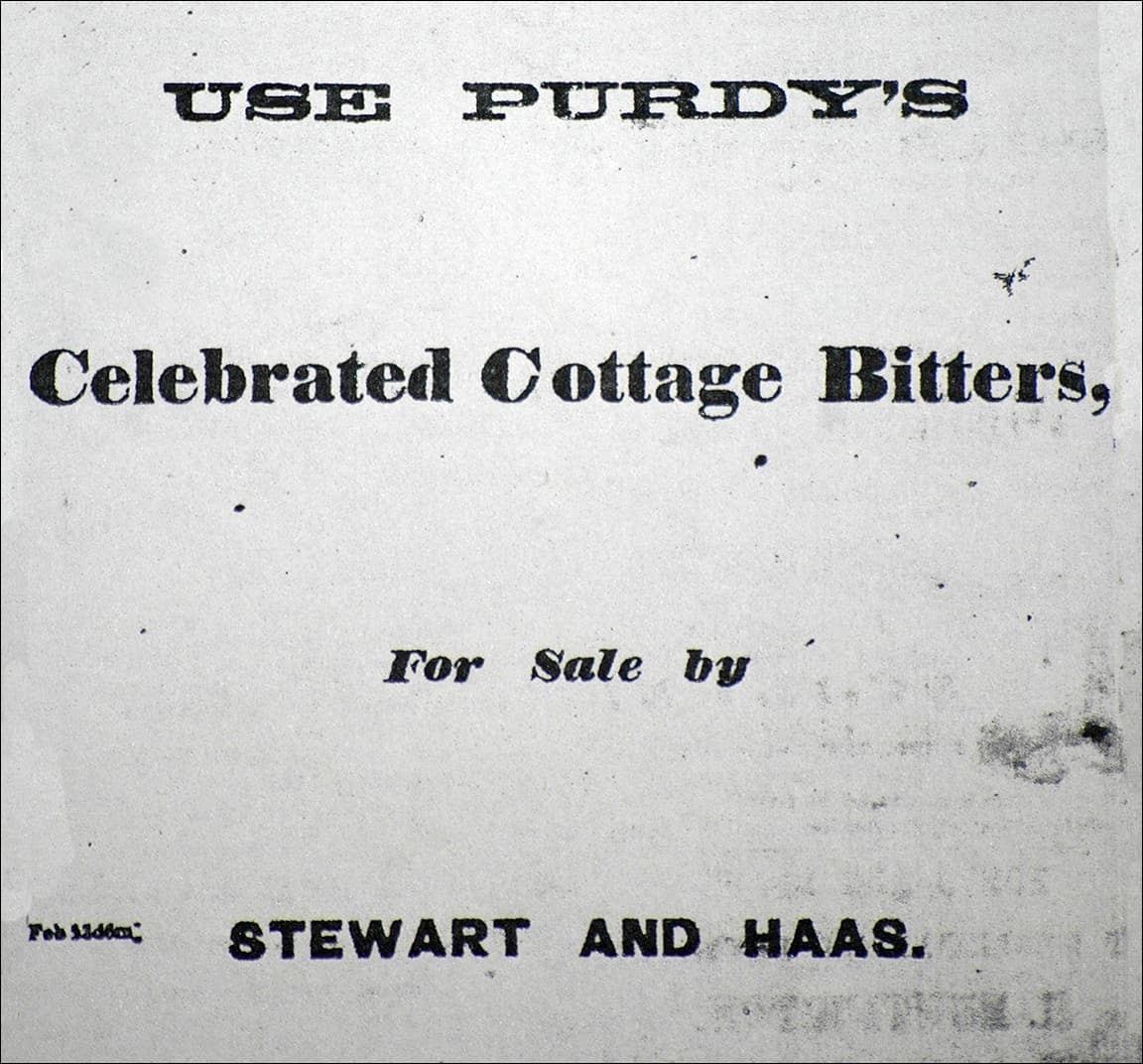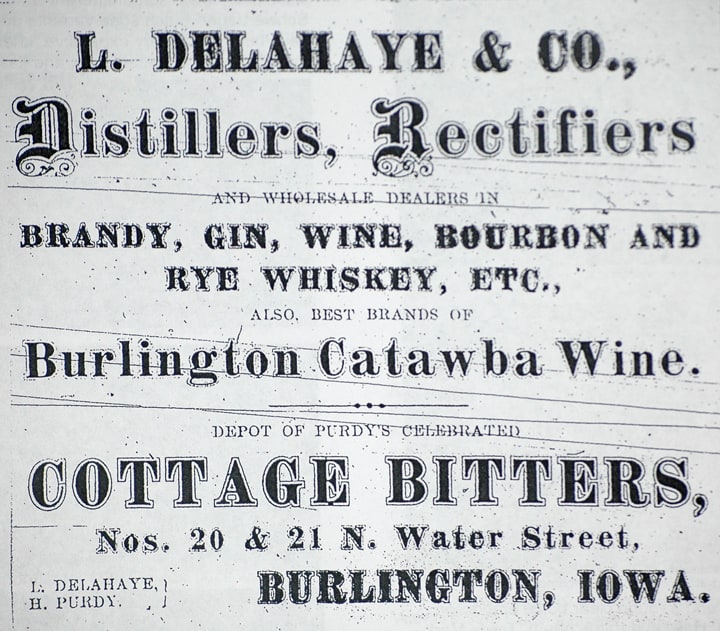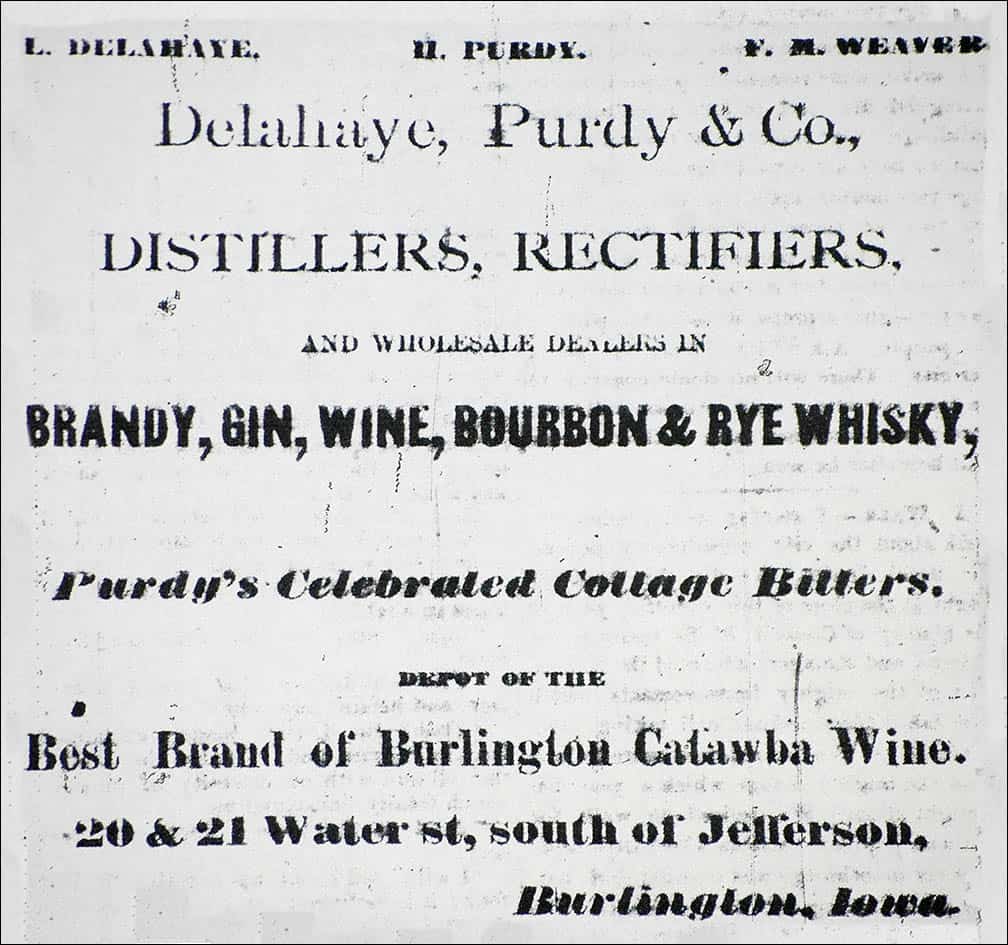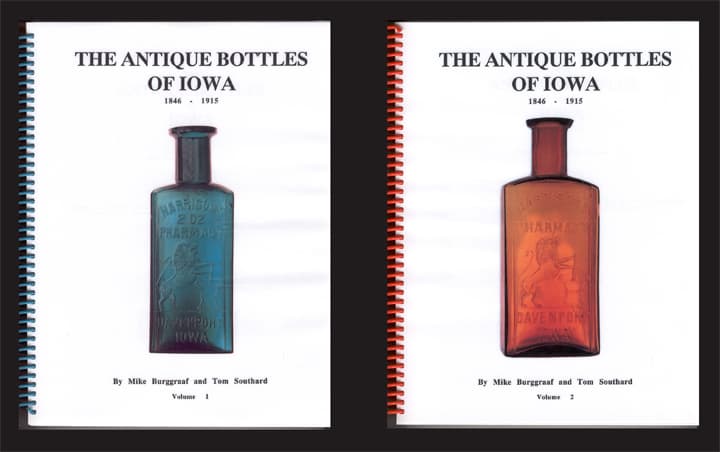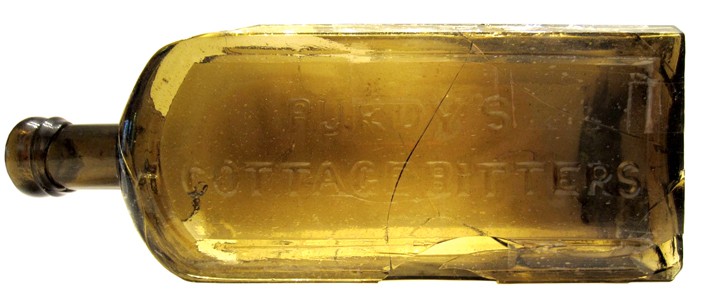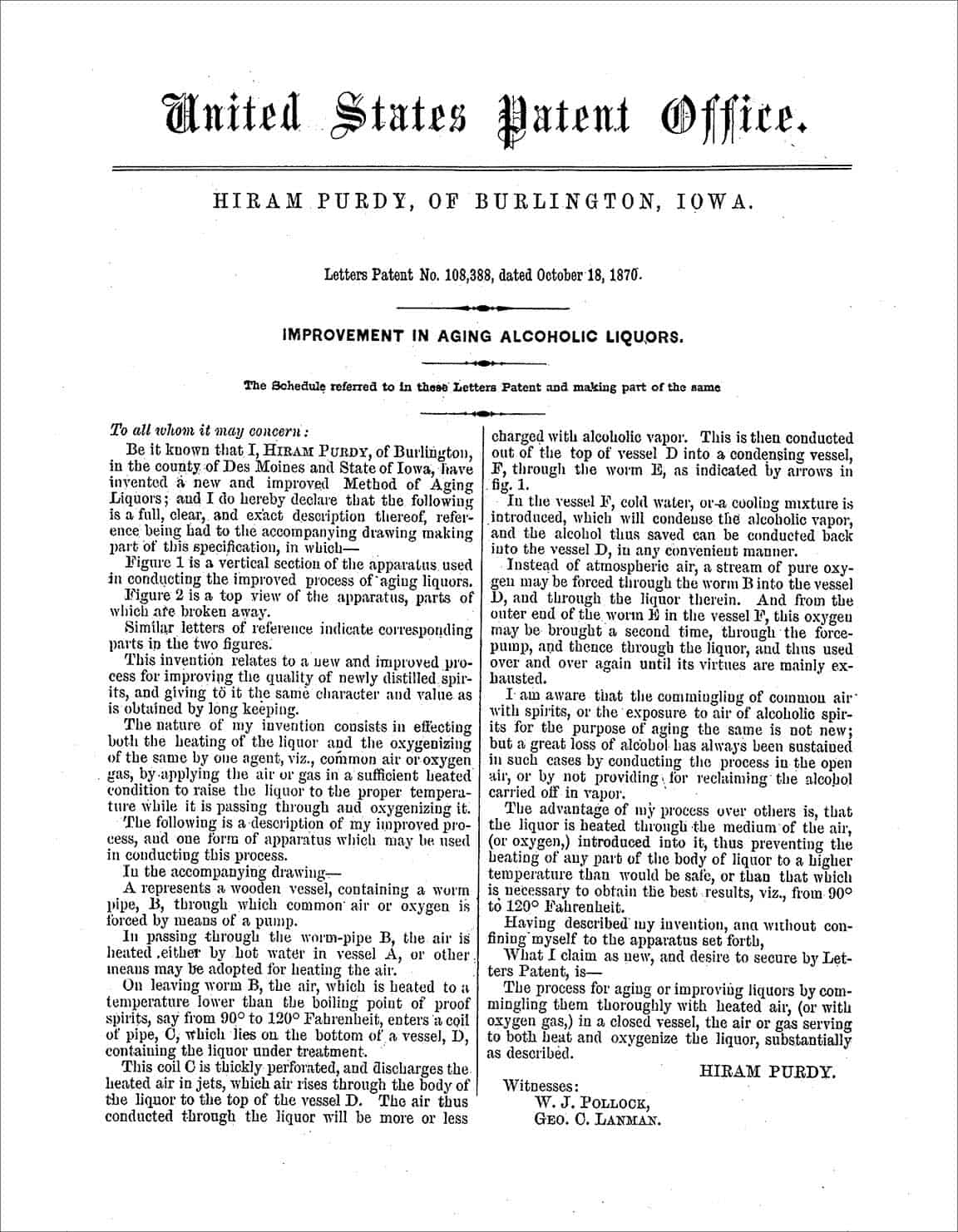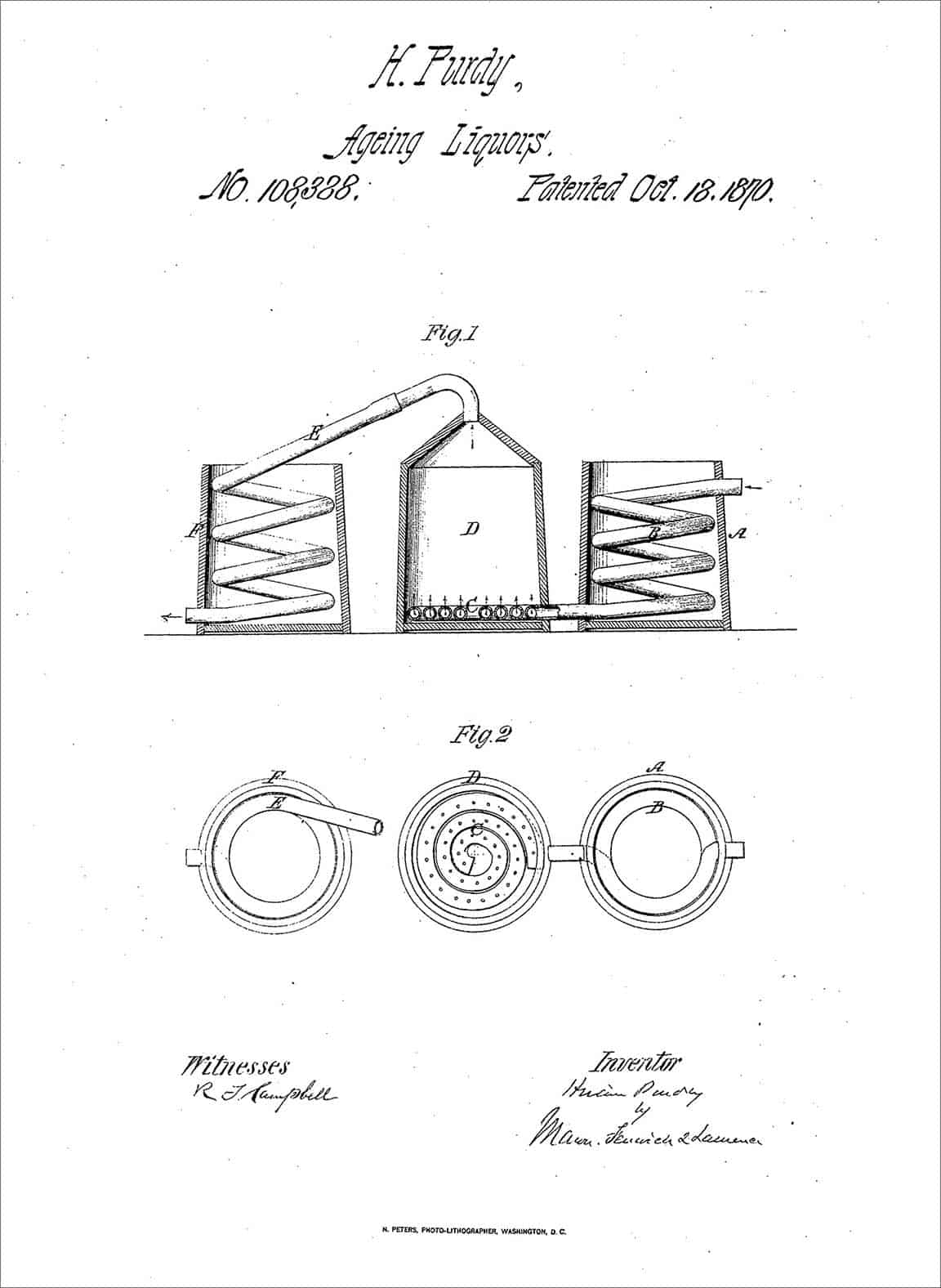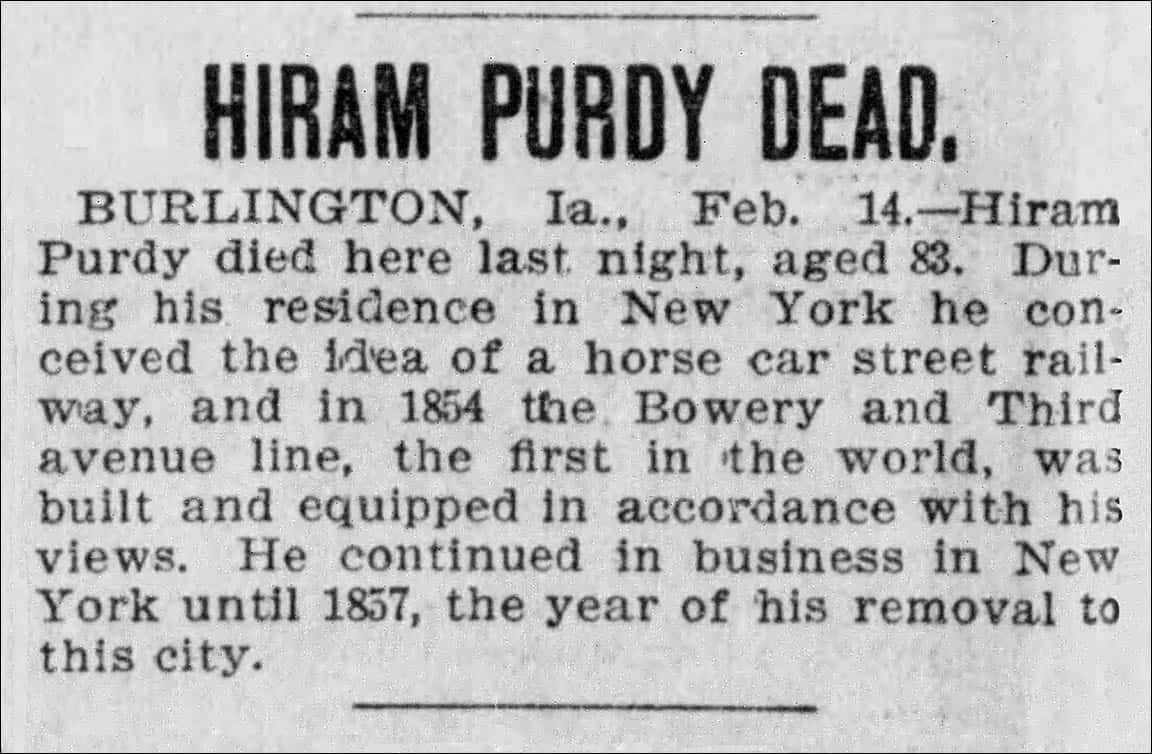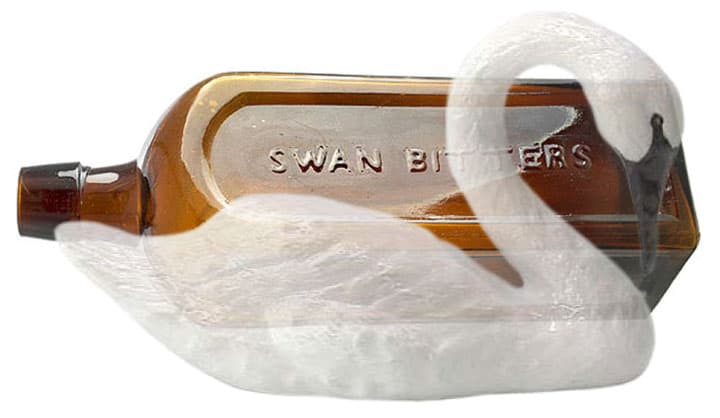
The Swan Bitters from Meadville, Pennsylvania
17 March 2014
 Glass Works Auctions, in their “Winter be Gone” Auction 101 that ends this evening, has an interesting bitters square that I have not seen before. The Swan Bitters seems to have been a very short-lived bitters product from Meadville, Pennsylvania. Let’s try to find out who the McFarland Brothers were? Their name is embossed on the bottle.
Glass Works Auctions, in their “Winter be Gone” Auction 101 that ends this evening, has an interesting bitters square that I have not seen before. The Swan Bitters seems to have been a very short-lived bitters product from Meadville, Pennsylvania. Let’s try to find out who the McFarland Brothers were? Their name is embossed on the bottle.
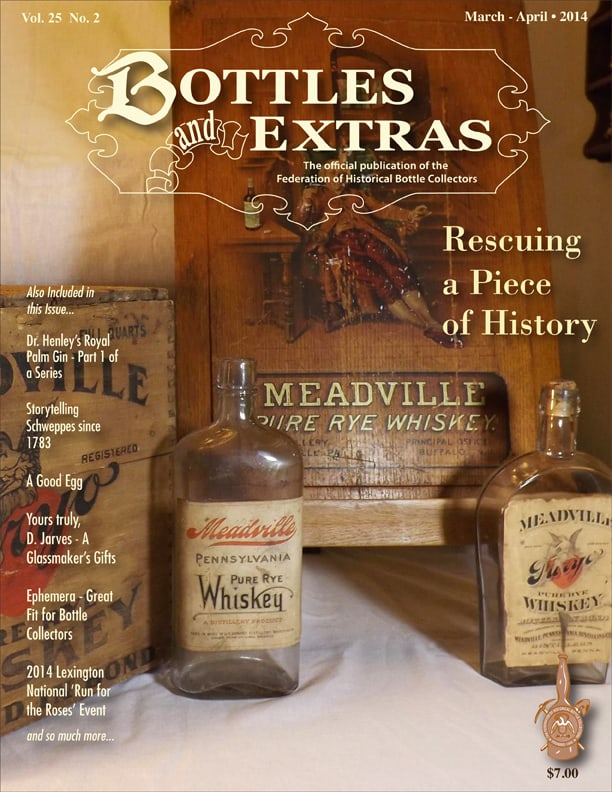
I know some of you might be thinking “Hasn’t Meadville been in the bottle news recently?” Well of course, the Meadville Pure Rye Whiskey story by Alan DeMaison was featured within and on the cover of the current issue of Bottles and Extras. Small world.
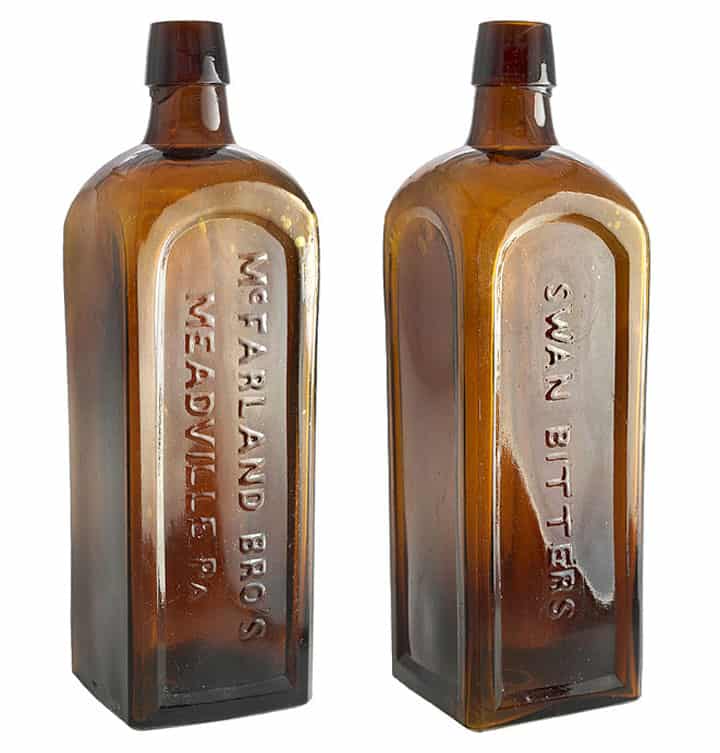
Meadville, Pennsylvania
Meadville was founded on May 12, 1788 by a party of settlers led by David Mead and is a city in Crawford County, Pennsylvania. Meadville is within 40 miles of Erie, Pennsylvania and 90 miles of Pittsburgh, Pennsylvania and was the first permanent settlement in northwest Pennsylvania. Its location was chosen well, for it lies at the confluence of Cussewago Creek and French Creek, and was only a day’s travel by boat to the safety of Ft. Franklin.
The first settlement was in a large meadow, first cleared by Native Americans led by Chief Custaloga, and well suited for growing maize. The village Custaloga built here was known as Cussewago. The neighboring Iroquois and Lenape befriended the isolated settlement, but their enemies, including the Wyandots, were not so amiable. The threat of their attacks caused the settlement to be evacuated for a time in 1791.
“In the twilight of the evening of May 12, 1788, a party of ten men built their camp fire beneath a wild cherry on the bank of French creek, near the present site of the Mercer street bridge, in the town of Meadville. They were the first settlers in Crawford county—Cornelius Van Horne and Christopher Snyder, from New Jersey; David Mead and his brothers—Darius, John and Joseph—John Watson, Thomas Martin, James F. Randolph and Thomas Grant, from Sunbury, Northumberland county. On the next day these pioneers built a cabin on the deserted corn fields of the Indians on the bottom, between the Cussewago and French creek, and commenced their first planting. Grant selected the present site of Meadville, but abandoned the settlement the same summer, when David Mead took possession and built a double log house on the bluff banks of French creek, where is now the residence of James F. McFarland, Esq. This house was built with a view of defense against Indian attacks, and was surrounded with a stockade and protected by a small, square log blockhouse on the northwest corner. – Quotation from the Hon. William Reynold’s contribution to the Centennial History of Crawford County, Frontier Forts of Western Pennsylvania
Around 1800, many of the settlers to the Meadville area came after receiving land bounties for service in the Revolutionary War. Allegheny College, the second oldest college west of the Allegheny Mountains, was founded in Meadville in 1815 and is the oldest college west of the Allegheny Mountains that has kept its original name. One of the McFarland’s would be the Treasurer of this College for over thirty years. Meadville became an important transportation center after construction of the French Creek Feeder Canal in 1837 and of the Beaver and Erie Canal it connected to at Conneaut Lake and subsequent railroad development.
The McFarlands
The McFarland name is prominent and well known in Crawford County, Pennsylvania. John McFarland, who seems to be the patriarch of the state-side family, was born in Erie County, Pennsylvania, on February 18, 1880. His father was born in Scotland and his mother in New Jersey. McFarland was educated at Erie, and at the age of fourteen went to Meadville and began his business career as a clerk. He was engaged also, at different times, in Franklin, Pennsylvania and Mayville, New York, until 1827, when he established himself in the grocery business in Meadville. In 1829, McFarland moved his grocery store into a brick building at the corner of Walnut and Water Streets. McFarland also held the office of town Burgess in 1856 for one or more terms before Meadville received a city charter. In 1870, John McFarland or most likely, John McFarland Jr, who was listed as a wholesale liquor dealer, made and sold the Swan Bitters.

Gable House Hotel on Water Street in Meadville, PA. Charles Gable was the proprietor of the establishment. John McFarland had his grocery store at the corner of Walnut and Water Streets.
Engraving from an advertisement in the Kaldron, Allegheny College Yearbook, 1890
The Carlyn Ring and W.C. Listing in Bitters Bottles is as follows:
S 229 SWAN BITTERS
SWAN BITTERS // f // McFARLAND BRO’S / MEADVILLE PA // f //
McFarland & Co., 852 Water Street, Meadville, Pennsylvania
9 1/2 x 2 3/4 (6 3/4) 3/8
Square, Amber, LTC, Applied mouth, Extremely rare
The company also made lager beer
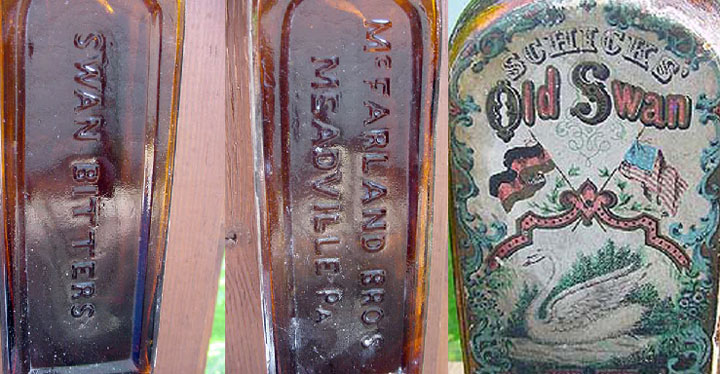
Swan Bitters McFarland Bro’s Meadville, PA. amber with fancy label sold on eBay for $522 in 2003 as reported by the Southeast Bottle Club
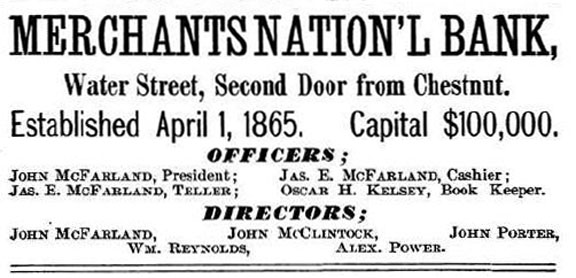
Mercantile National Bank (John McFarland, James E. McFarland and James E. McFarland, Jr.) advertisement from the Directory of Crawford County, Pa. for 1871-72
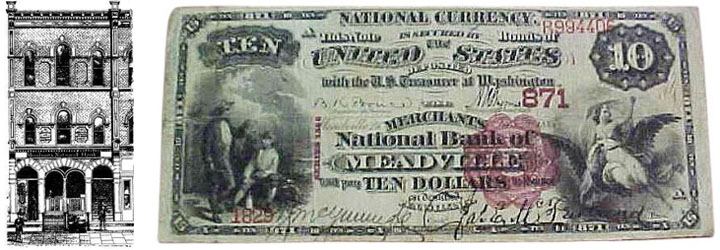
The Merchants National Bank of Meadville was granted a charter in 1865. The bank issued 15 types of notes. The bank is illustrated on the left and a $10 dollar note on the right.
Eventually McFarland became president of Merchants’ National Bank and was also one of the directors of the Crawford County Mutual Fire Insurance Company. He was also the Treasurer of Allegheny College for over thirty years. He died on September 28, 1881. His sons, from two different marriages were George, William, Thomas (lawyer), John (liquor merchant), Archibald, Frank and Malcolm.
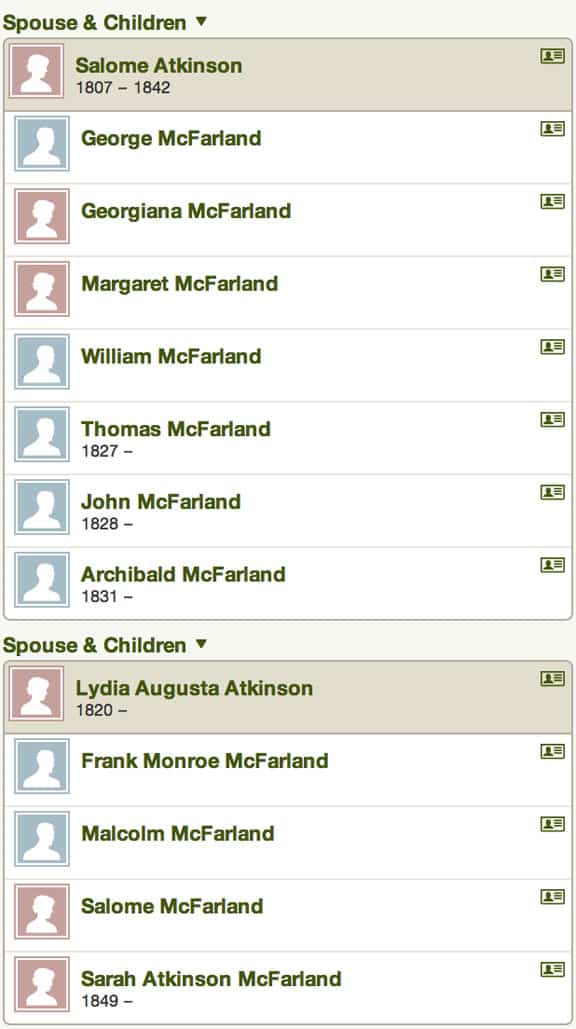
The McFarland Brothers (Sons of John McFarland who established the grocery business) – George, William, Thomas, John, Archibald, Frank and Malcolm)
John McFarland (Obituary)
This venerable and highly respected citizen, who had been a member of the Vestry for nearly half a century, departed this life on Wednesday morning, Sept. 28th. Mr. McFarland was born in Erie County, Pennsylvania, Feb. 13th, 1800. He was educated in Erie, and at the age of fourteen came to Meadville and shouldered the responsibilities of life for himself. He was a clerk in this place, as also at different times in Franklin, Pa., and Mayville, N.Y., until 1827, when he established himself in the grocery business. By strict industry and unwavering honesty he built up a large and important trade, and his influence did as much, perhaps, to shape the affairs of this community as that of any other one man. He was identified with many of our leading interests, having been one of the founders of the Merchants’ Bank, of which he became President when it organized under the National Banking law, and which position he held to the day of his death. He was also one of the projectors and directors of the Crawford County Fire Ins. Co. For more than thirty years he was Treasurer of Allegheny College, for the first twenty of which his services were rendered gratuitously. He also was Treasurer of the School Board, and until within a few months Treasurer of Christ Church.
In 1825, Mr. McFarland was married to Miss Salome Atkinson. Seven children were the fruit of this union, five of whom are still living. His first wife having died, he was married again in 1843 to Miss Augusta Atkinson. There were four children of this marriage, three of whom survive. Mr. McFarland also held the office of Burgess for one or more terms before the town received a city charter. In all these positions he acquitted himself with great credit, and has left to his descendants the priceless legacy of a stainless name. Mr. McFarland’s vigor of mind and body was astonishing. His intellect was unclouded to the last and on his seventy-eighth birthday he astonished his friends by skating with the agility of a boy. No less conspicuous was he for his kindness of heart. Wherever sickness and destitution and trouble were, there John McFarland was found with a helping hand, an open purse, and a consoling word. His attachments were very strong, and his family and home were the especial joy and pride of his heart. Like so many men of similar temperment, when he began to fail, the decay was rapid. For about a year past he was not at all his old self; and when the end came, he breathed his life away in a slumber as peaceful as an infant’s dream. Many a tear will bedew the good man’s grave, and hearty will be the prayer “Requiescat in pace.”
James E. McFarland
James E. McFarland, banker, Meadville, is a grandson of James McFarland, who emigrated from Ireland about 1800 and located in Chambersburg, Penn., engaging in mercantile trade at that place until his death. One son, John McFarland, the father of our subject, was born in Ireland in 1797. He remained with his father until nineteen years of age, when he began the publication of the Sentinel at Chambersburg, Penn., and, removing to Carlisle, same State, he published the Volunteer, afterward the Commonwealth, at Harrisburg. His last enterprise was the establishment of the Allegheny Democrat, at Pittsburgh, Penn., about 1824. He was married March 1, 1816, at Hagerstown, Md., to Catherine Eberly, a native of Chambersburg, Penn. He died August 12, 1827. The death of his widow occurred October 10, 1876, at her son’s residence in Meadville, Penn., and her remains were interred in his family lot in Meadville cemetery.
James E. McFarland, our subject, is the only surviving child of the above couple. He was born at Chambersburg, Penn., January 4, 1817. When fourteen years of age he was apprenticed to his father’s trade, serving his full time at Pittsburgh, Penn. In 1885 he came to this county and established the Crawford Democrat, which paper strongly advocated the election of George Wolf for Governor. Afterward he became the purchaser of the Meadville Courier and continued to publish the united papers over a period of twenty-five years. In 1840 he was appointed Deputy United States Marshal for Crawford County; in 1845 he was elected Protbonotary, to which office he declined re-election. In 1848 Mr. McFarland was the Democratic nominee for Congress; served as Postmaster at Meadville during the full terms of Pierce and Buchanan respectively. In 1862 he engaged in the general banking business; in 1865 be was one of the incorporators of the Merchants National Bank at Meadville, and accepted the Presidency of the same. Shortly afterward a reorganization of the bank officials took place and he was elected Cashier, which post of trust he has filled acceptably to all concerned for a period of eighteen years. He has served as Councilman and School Director. In 1838 Mr. McFarland was married to Mary Scott, of Pittsburgh, Penn., and to this union were born eight children: Sarah S., intermarried with Dr. T. J. Young of Titusville, Penn. (have two children, David and Kathrine); John, who entered the Naval Academy in 1851 (John served with distinction throughout the Rebellion, was rapidly promoted from Midshipman on the Iroquois to Lieutenant-Commander; was in several engagements and was among the first to enter New Orleans under Farragut. He sailed through the West Indies and visited China, Japan and California. He died at his father’s residence, in 1874, from disease contracted through exposure during his service in the navy); Thomas S., residing at Buffalo, N. Y., is a member and Secretary of the Union Oil Company of Buffalo, married to Miss Fanny Otterstater, of Meadville (have three children, Frank, Adelaide and John); Katherine (deceased); James E., Jr., Assistant Cashier Merchants National Bank, also member of the firm of McFarland & Co., of Meadville Bottling Works (also called McFarland Bottling Works); Elizabeth S., married to William S. McGunnegle, of Meadville (have two children, George K. and James;; Mary, married to G. W. Delamater (have two children, Susan and James Scott); Anna (deceased). Time has dealt kindly with ‘McFarland, and although past three score and a half years of age, and considering the labor he has undergone and his active business life, his health and vigor and mental capabilities remain unimpaired.
![]() I did a post yesterday on Black Hills Bitters (Read: Black Hills Bitters To The Front!) and got a little tangled up in the hills and missed the mountain. What I mean is, I found some more advertising, suggested by Mark Yates, on Fulton History (FultonHistory.com) that now leads me to believe that the bitters was put out by F. C. Parmelee in Honeoye Falls, New York instead of Edward H. Davis in Rochester. Davis was just one of many druggists selling the brand in Rochester and elsewhere. Some of the newspaper advertising from 1878 – 1880, and there were many examples, were quite outlandish in their claims. A few representative examples are pictured in this post.
I did a post yesterday on Black Hills Bitters (Read: Black Hills Bitters To The Front!) and got a little tangled up in the hills and missed the mountain. What I mean is, I found some more advertising, suggested by Mark Yates, on Fulton History (FultonHistory.com) that now leads me to believe that the bitters was put out by F. C. Parmelee in Honeoye Falls, New York instead of Edward H. Davis in Rochester. Davis was just one of many druggists selling the brand in Rochester and elsewhere. Some of the newspaper advertising from 1878 – 1880, and there were many examples, were quite outlandish in their claims. A few representative examples are pictured in this post.